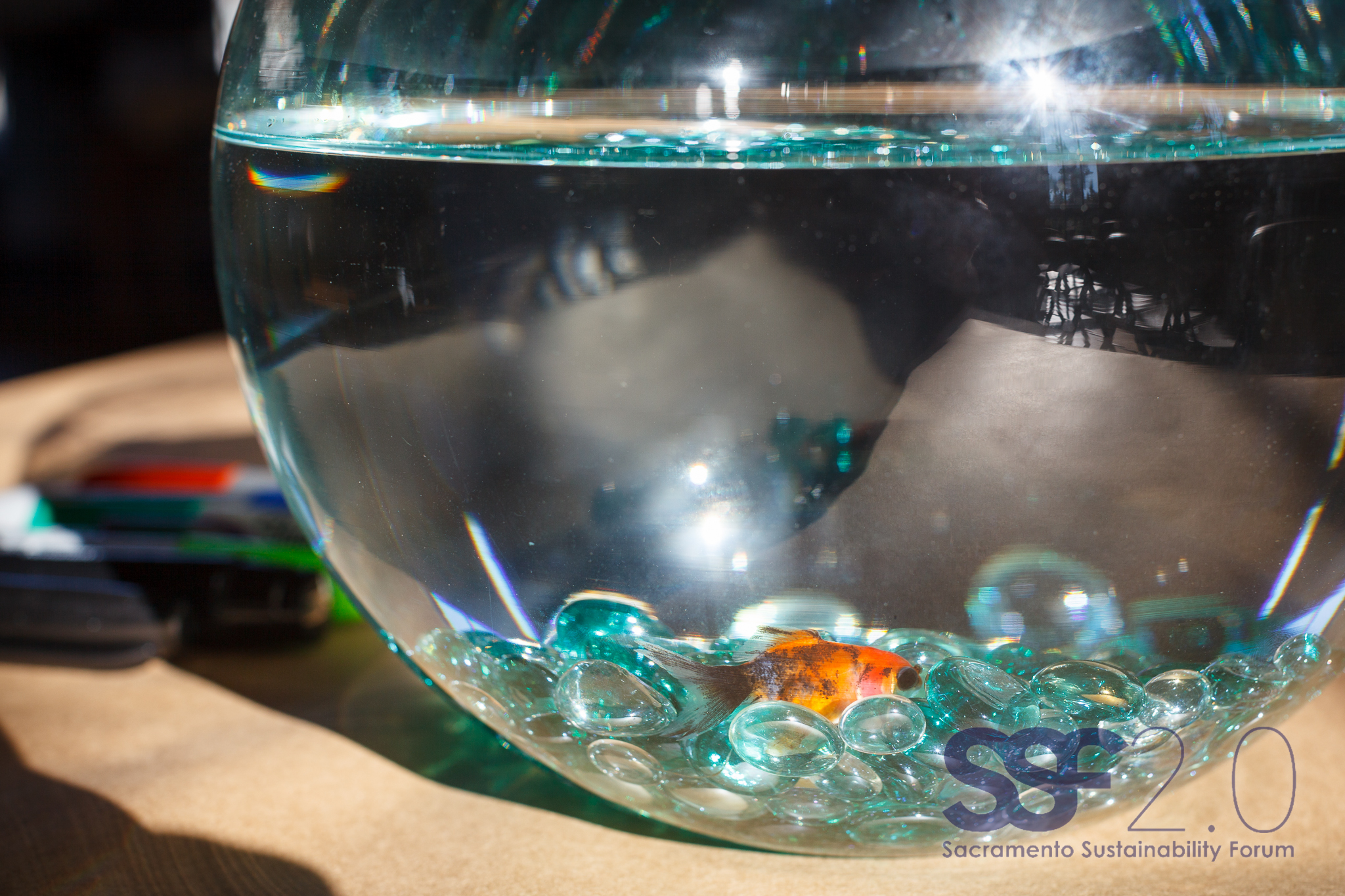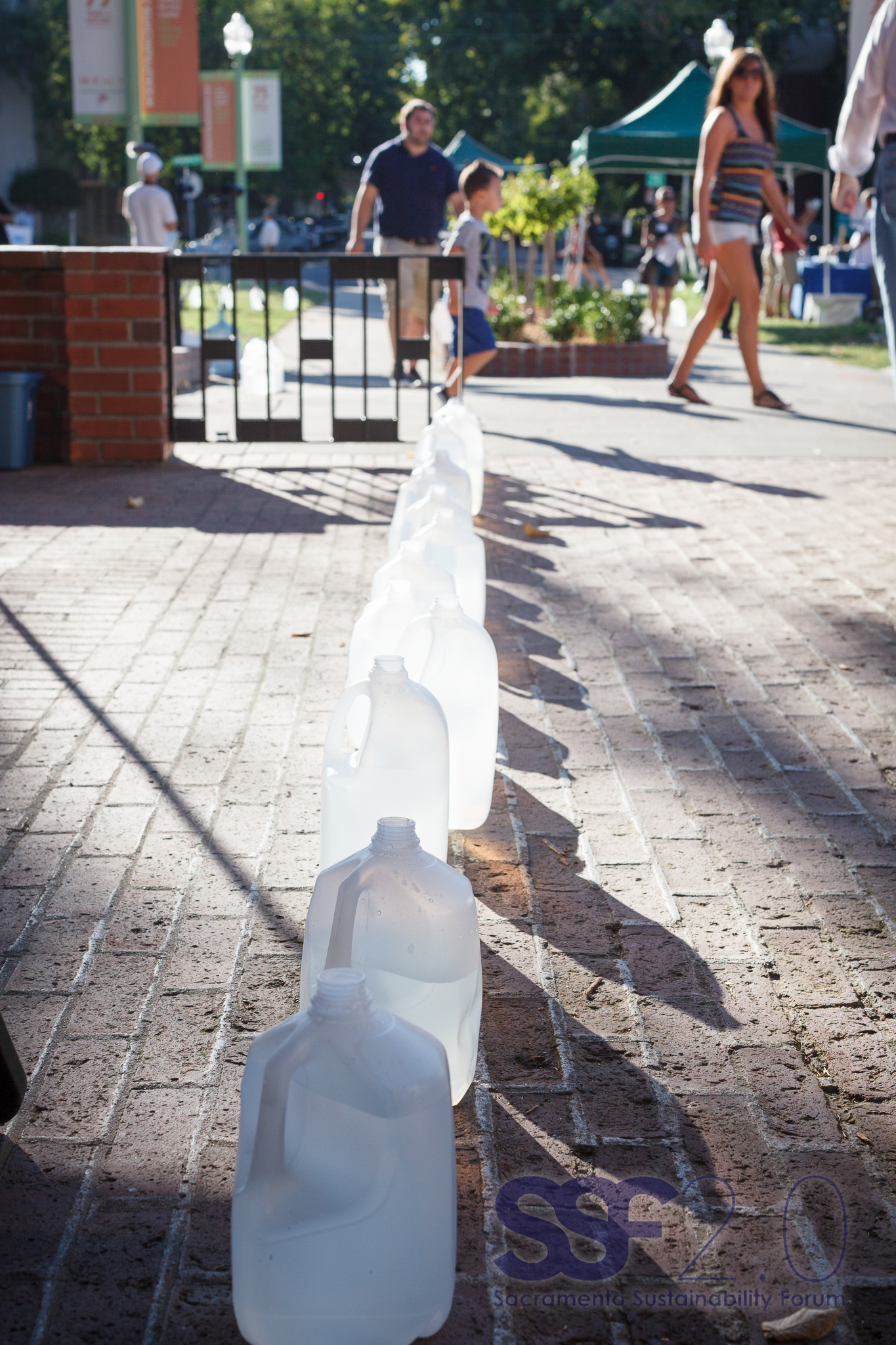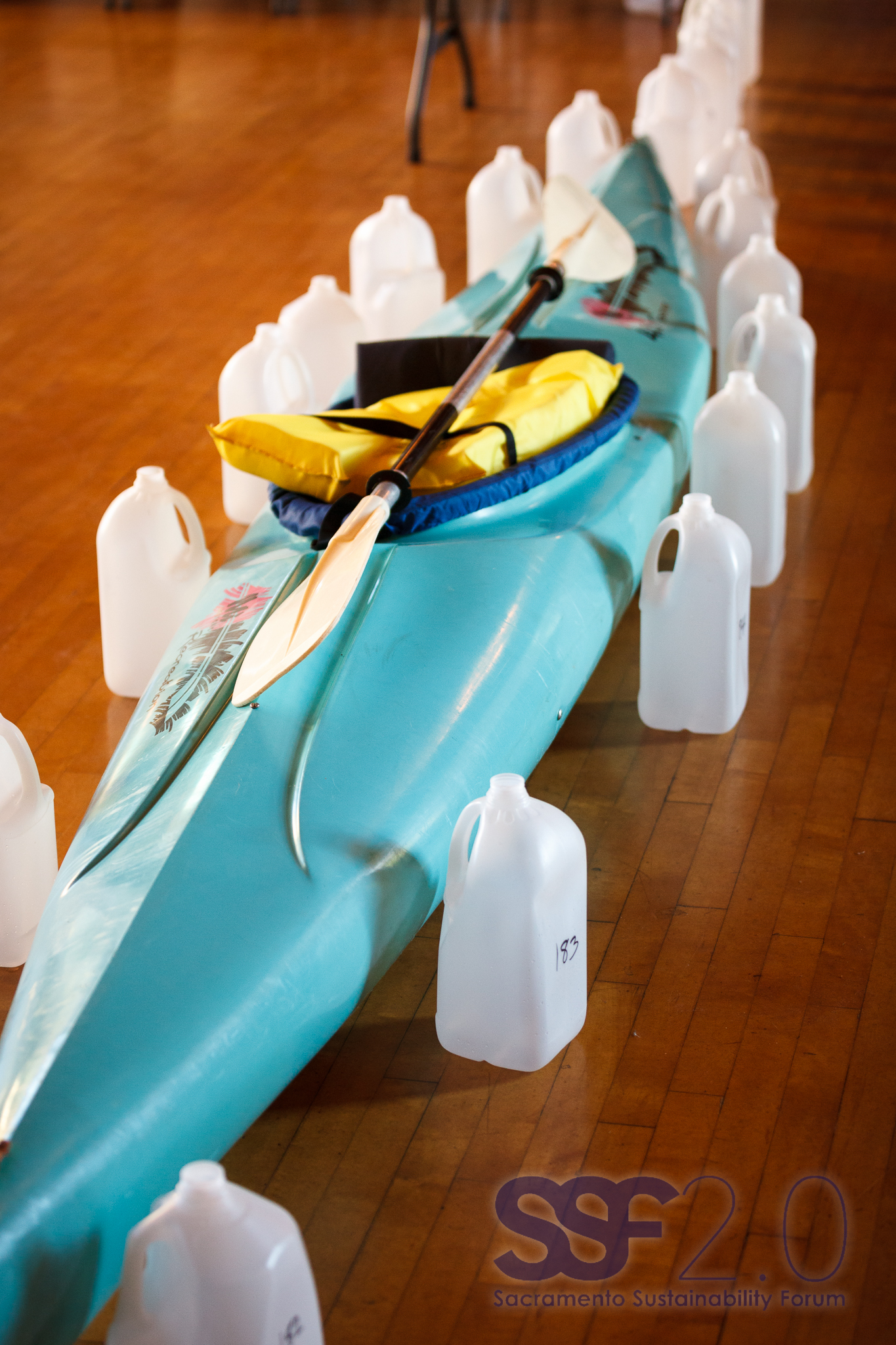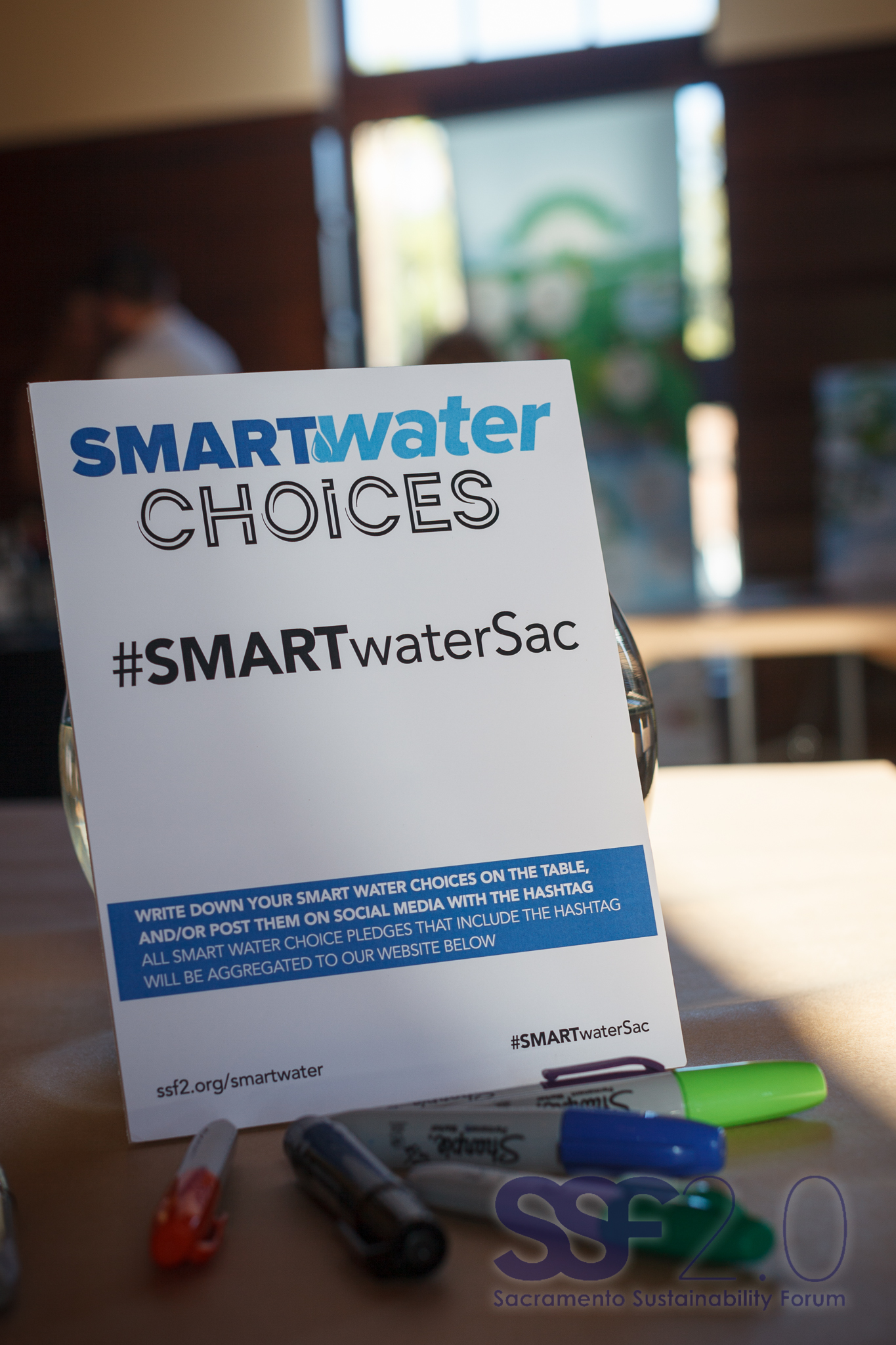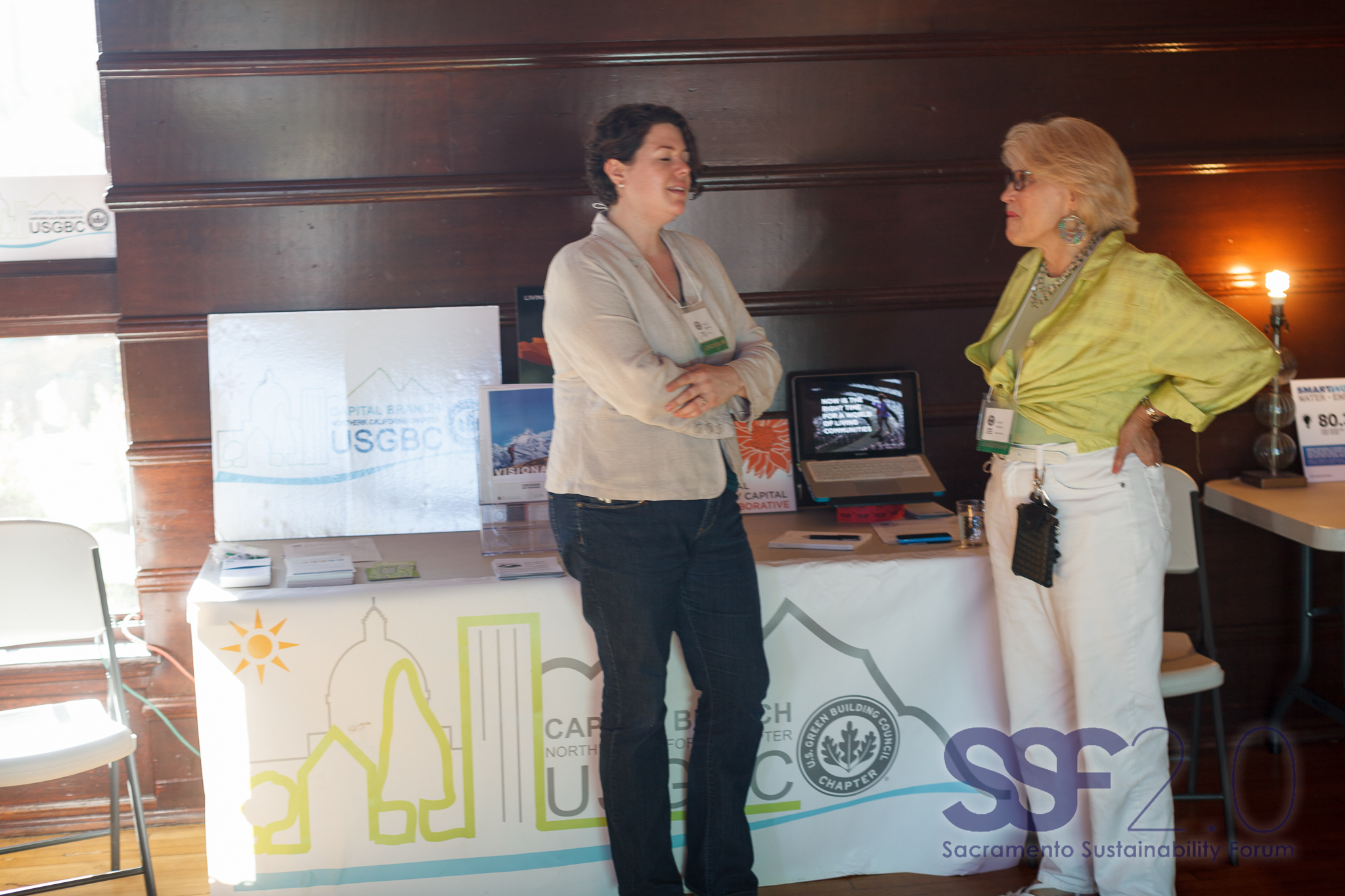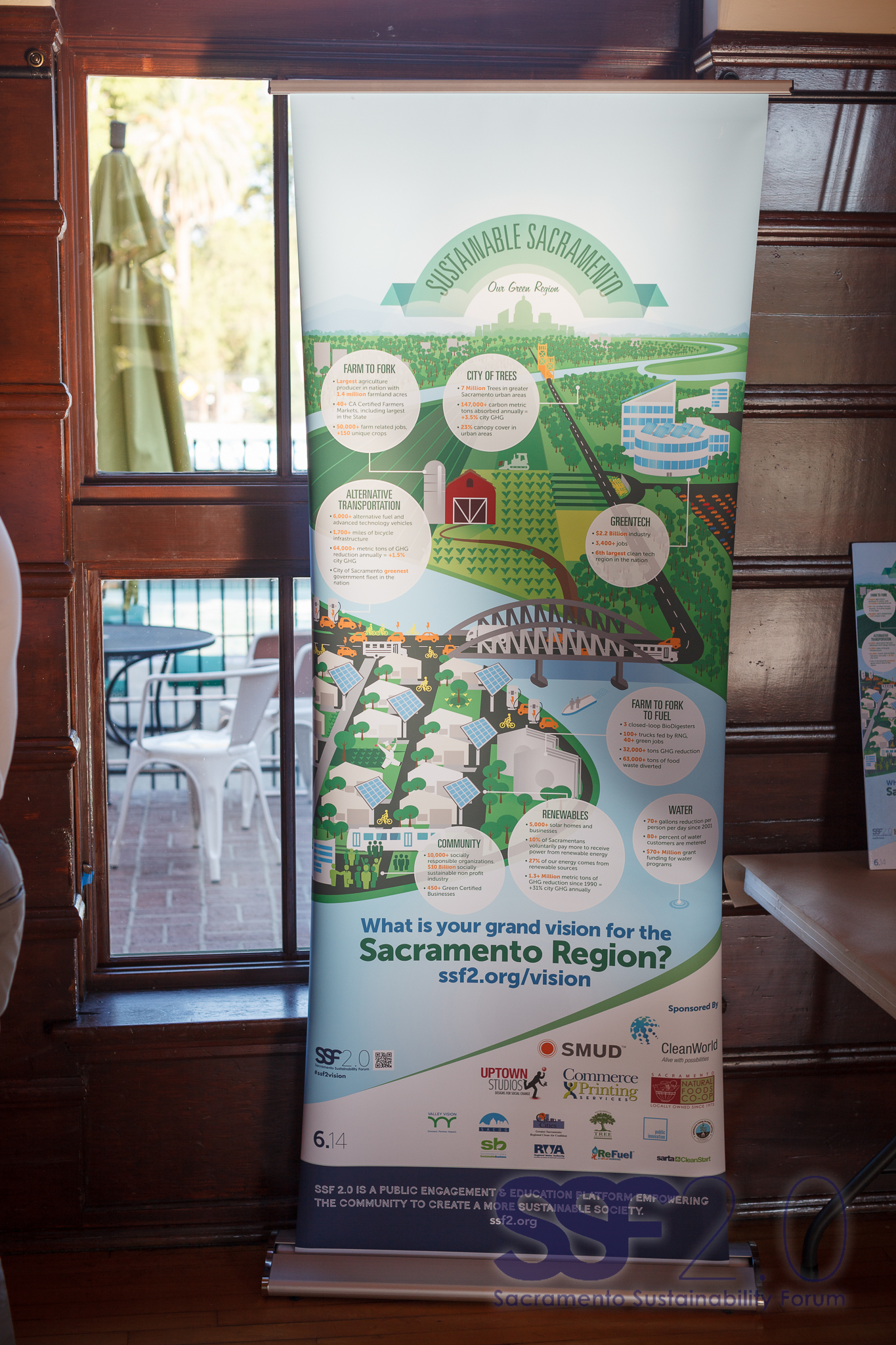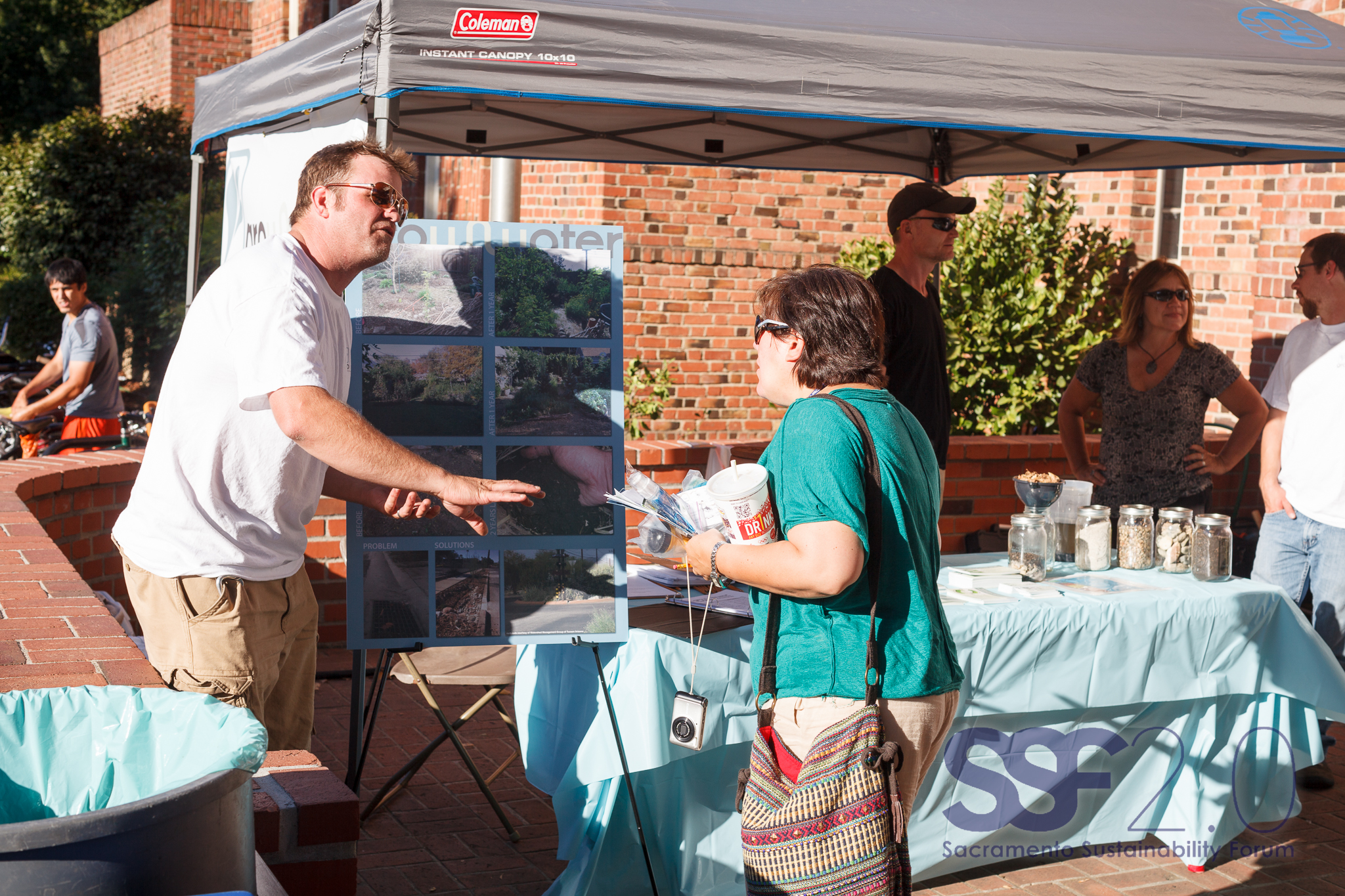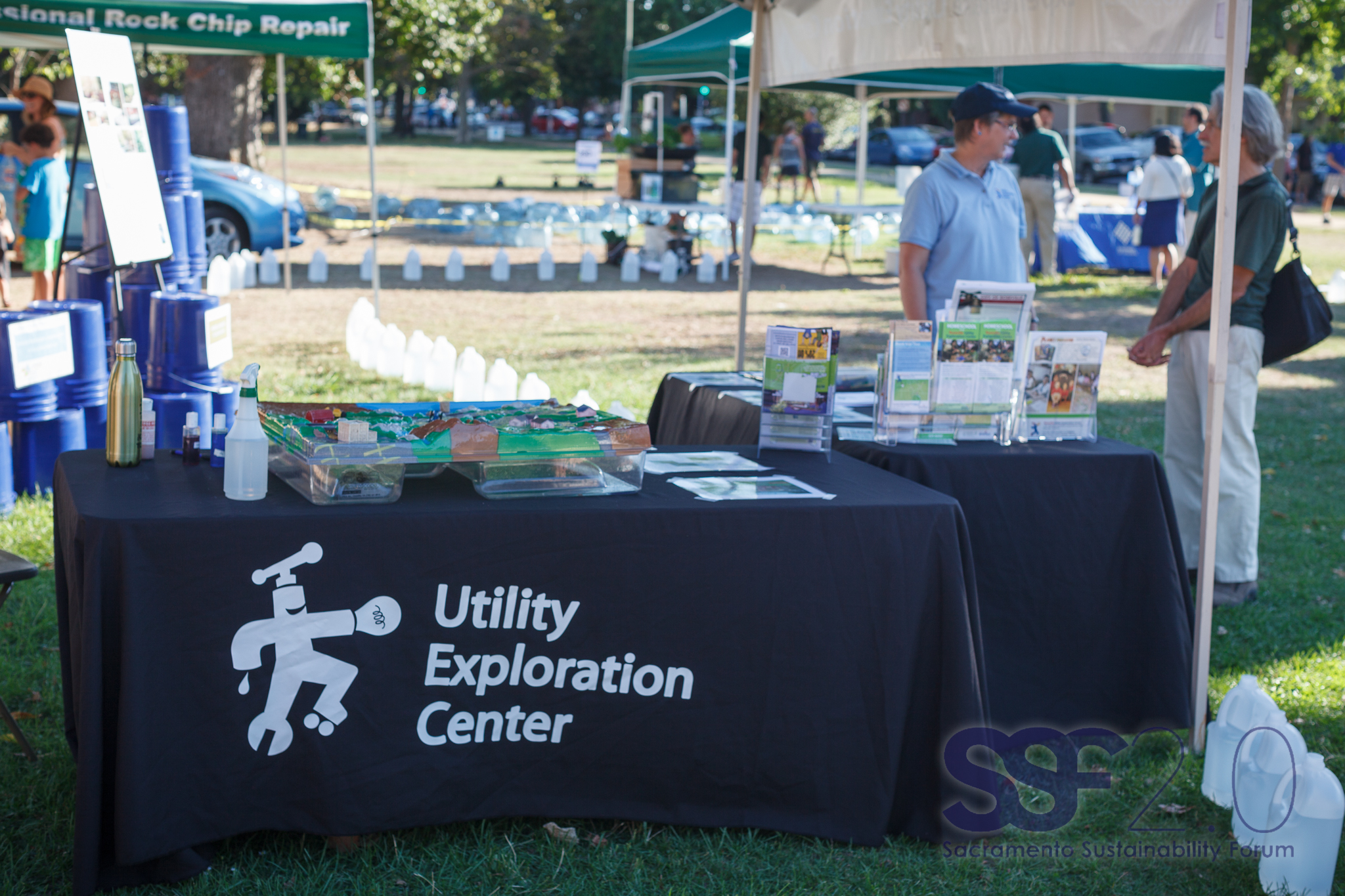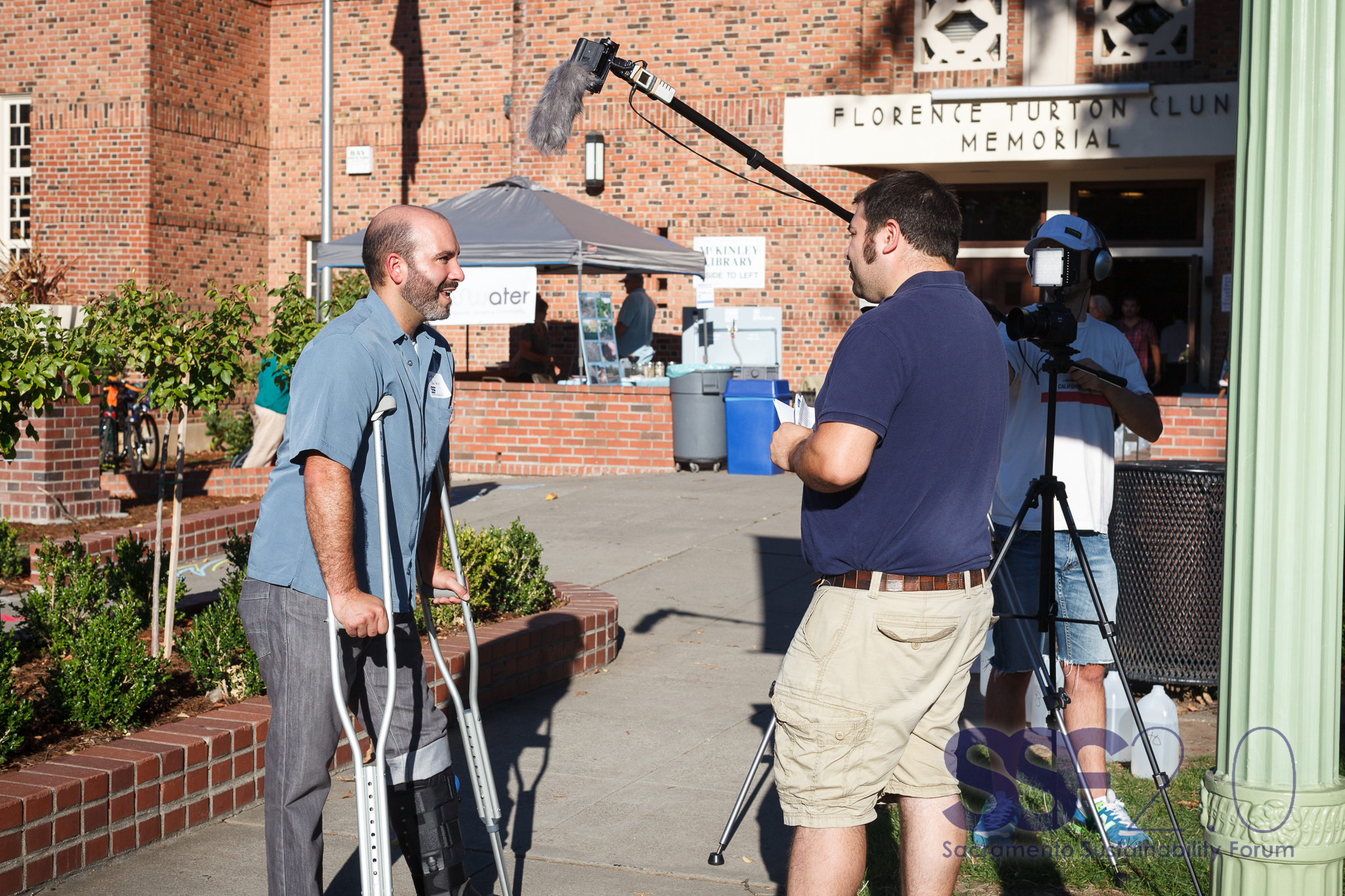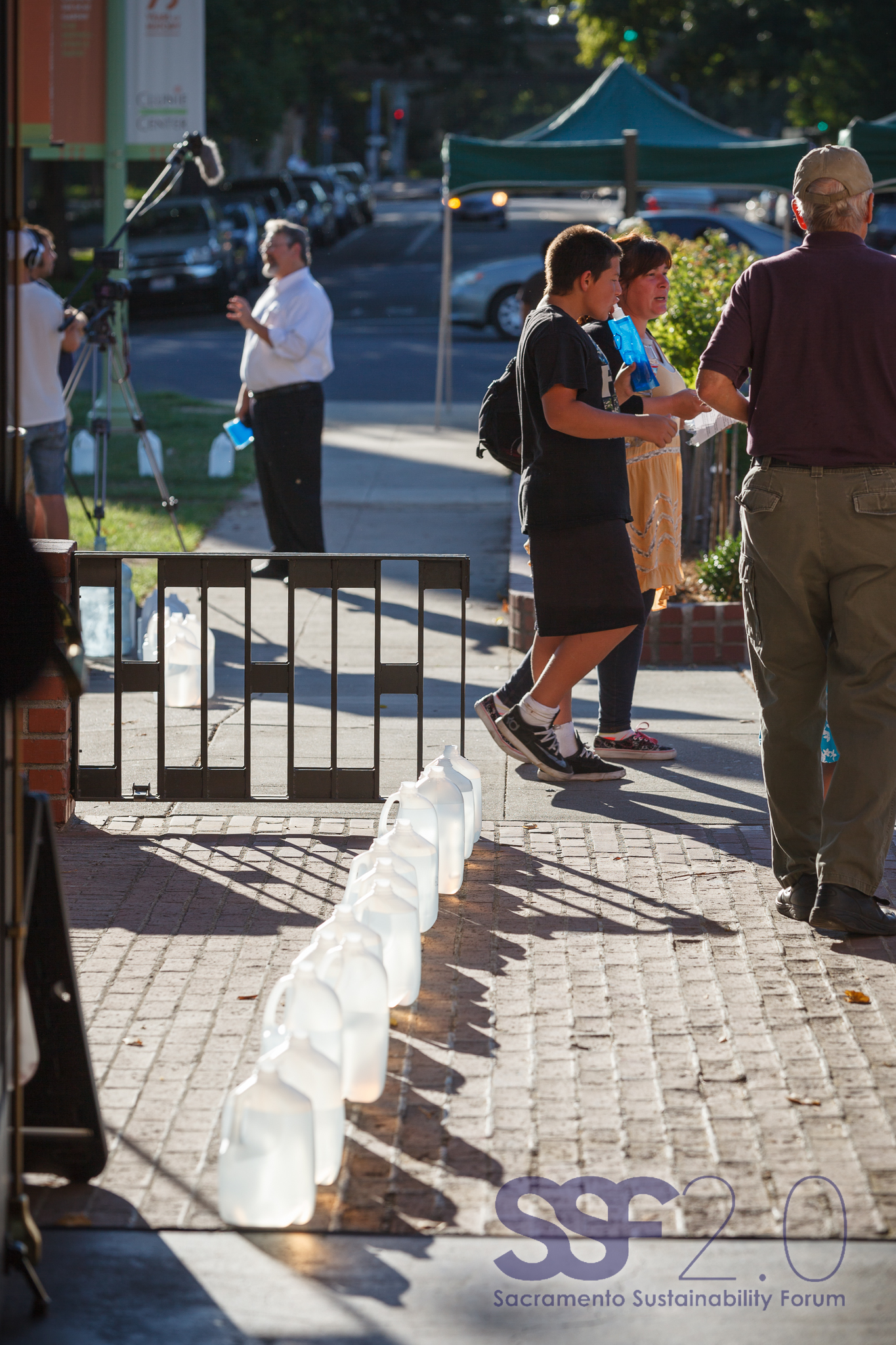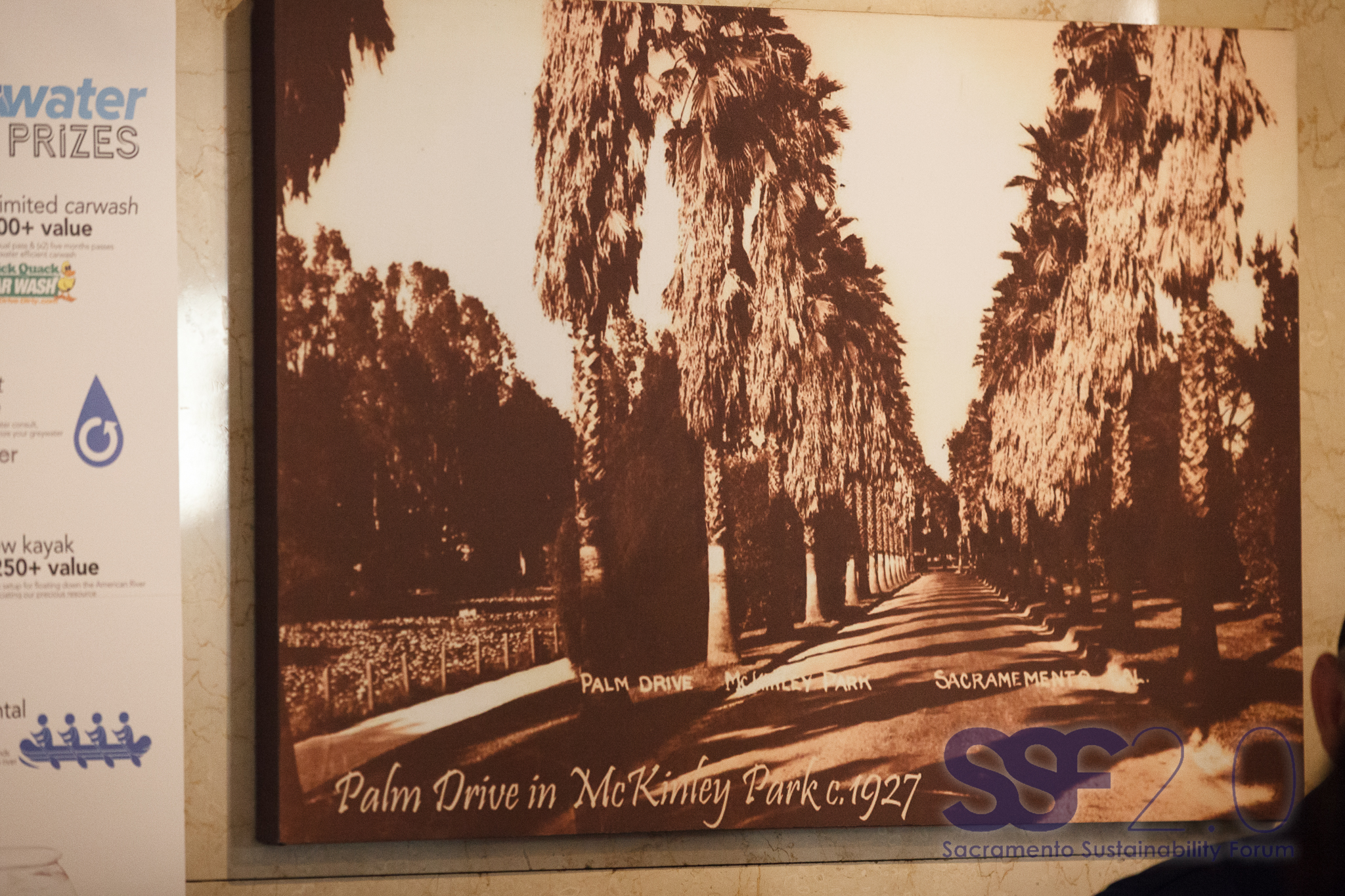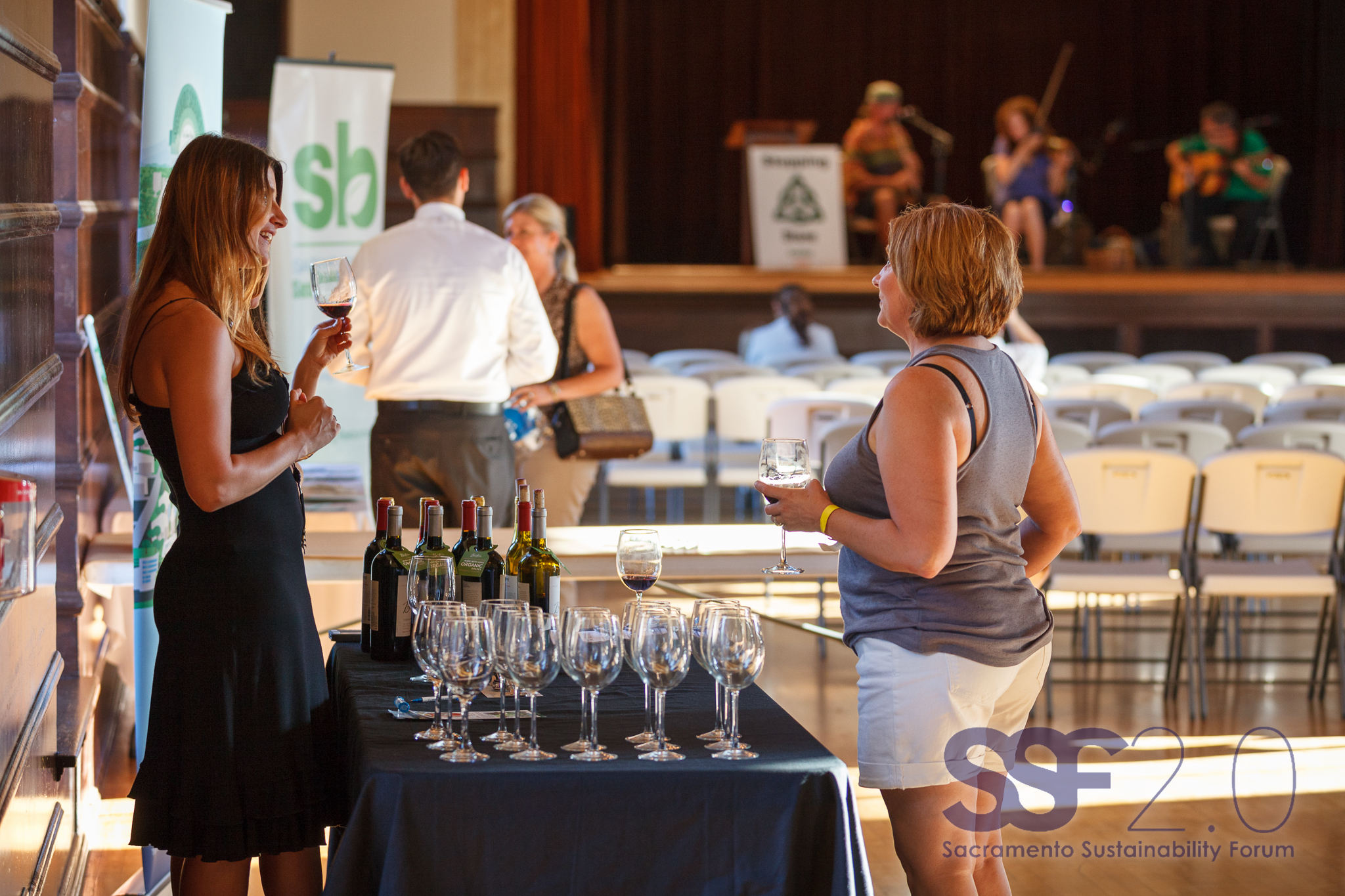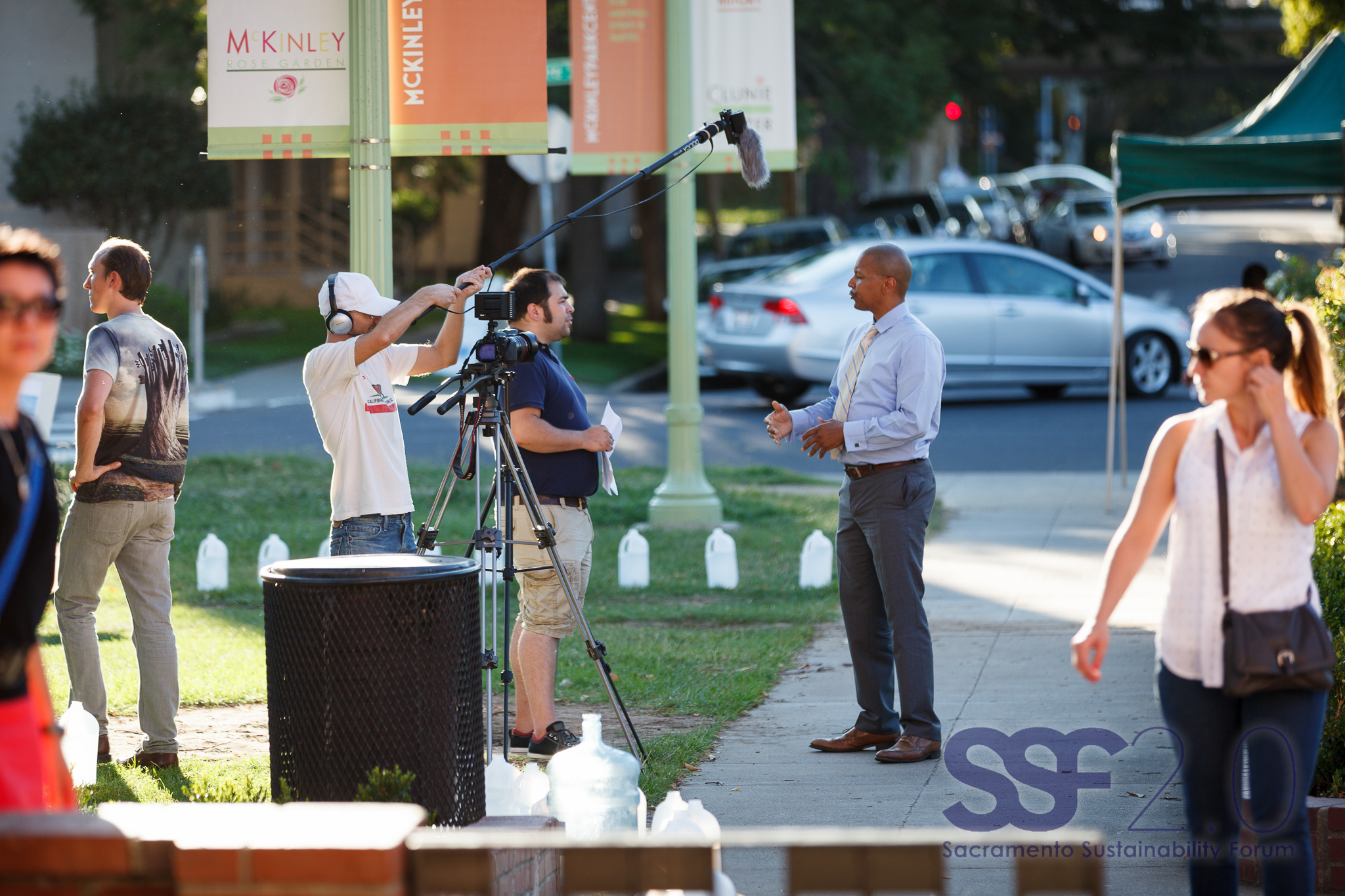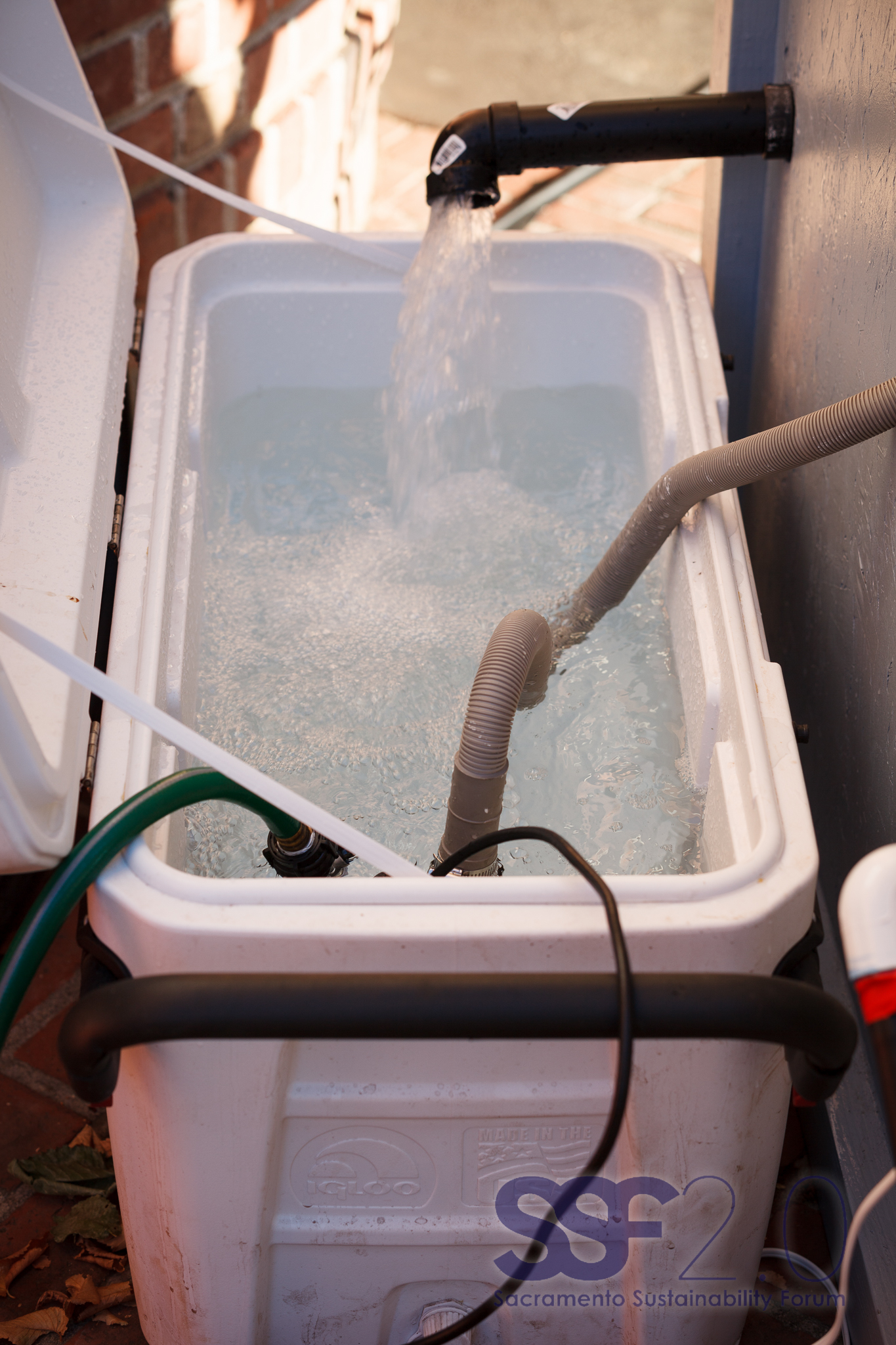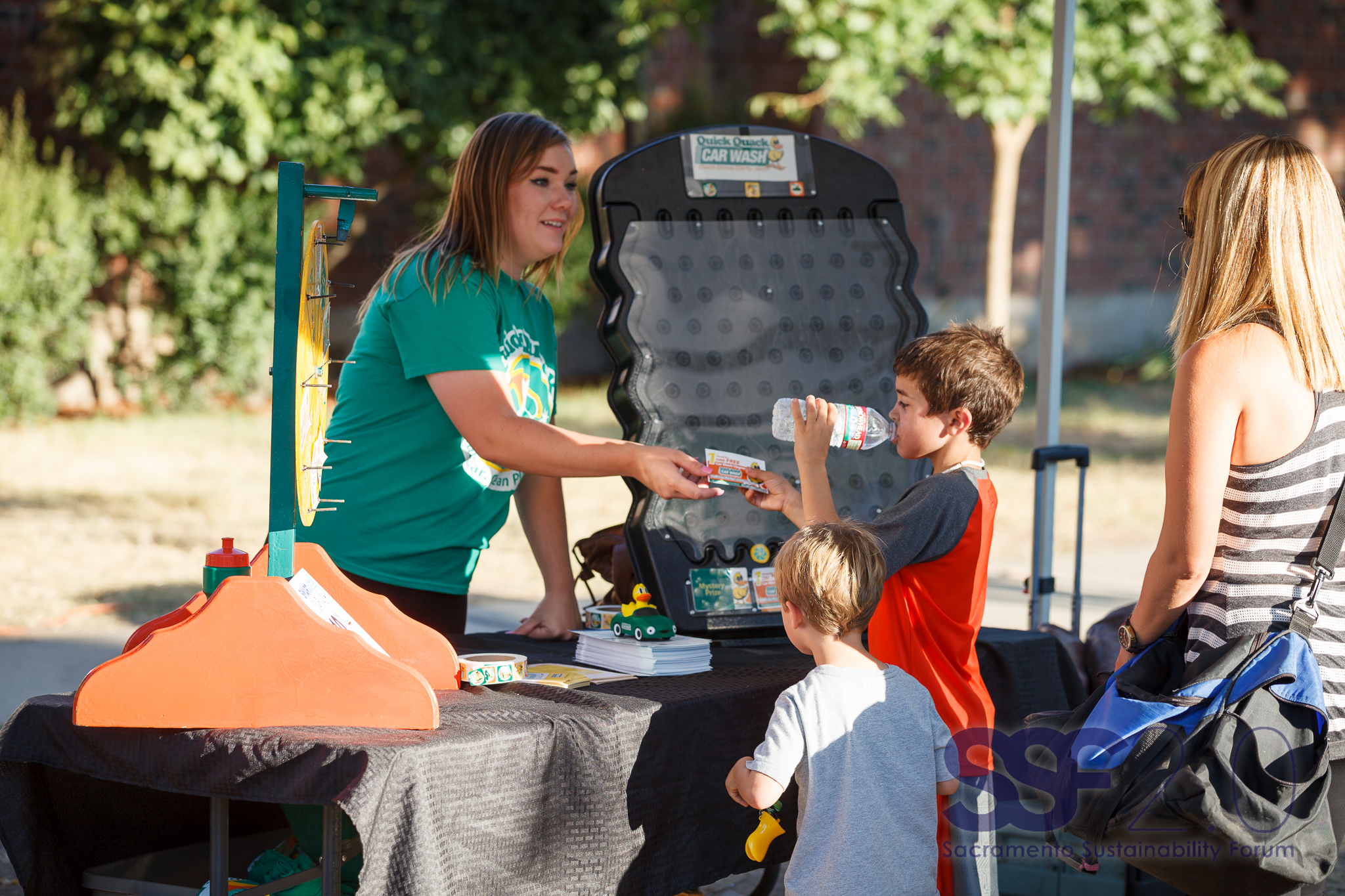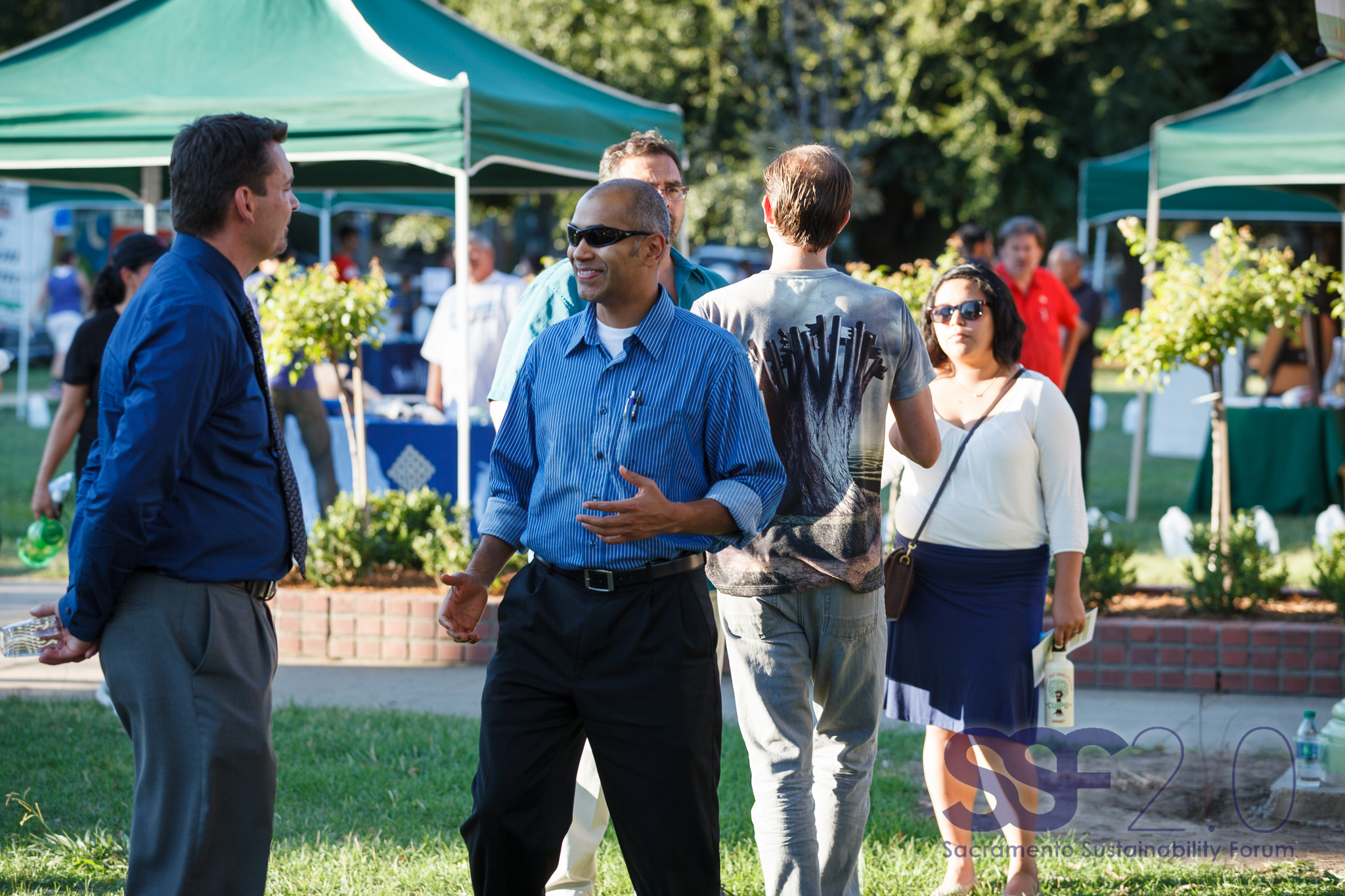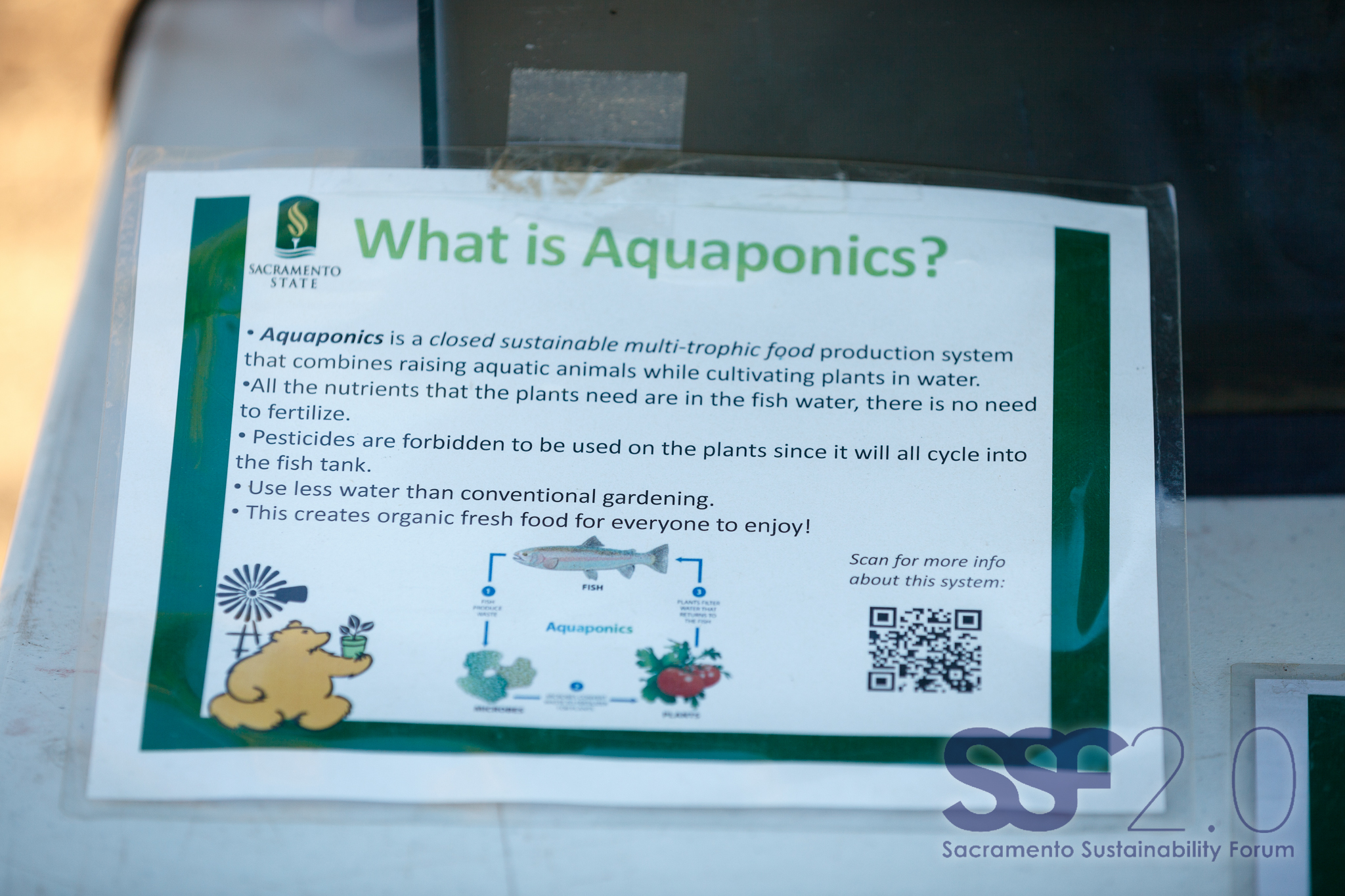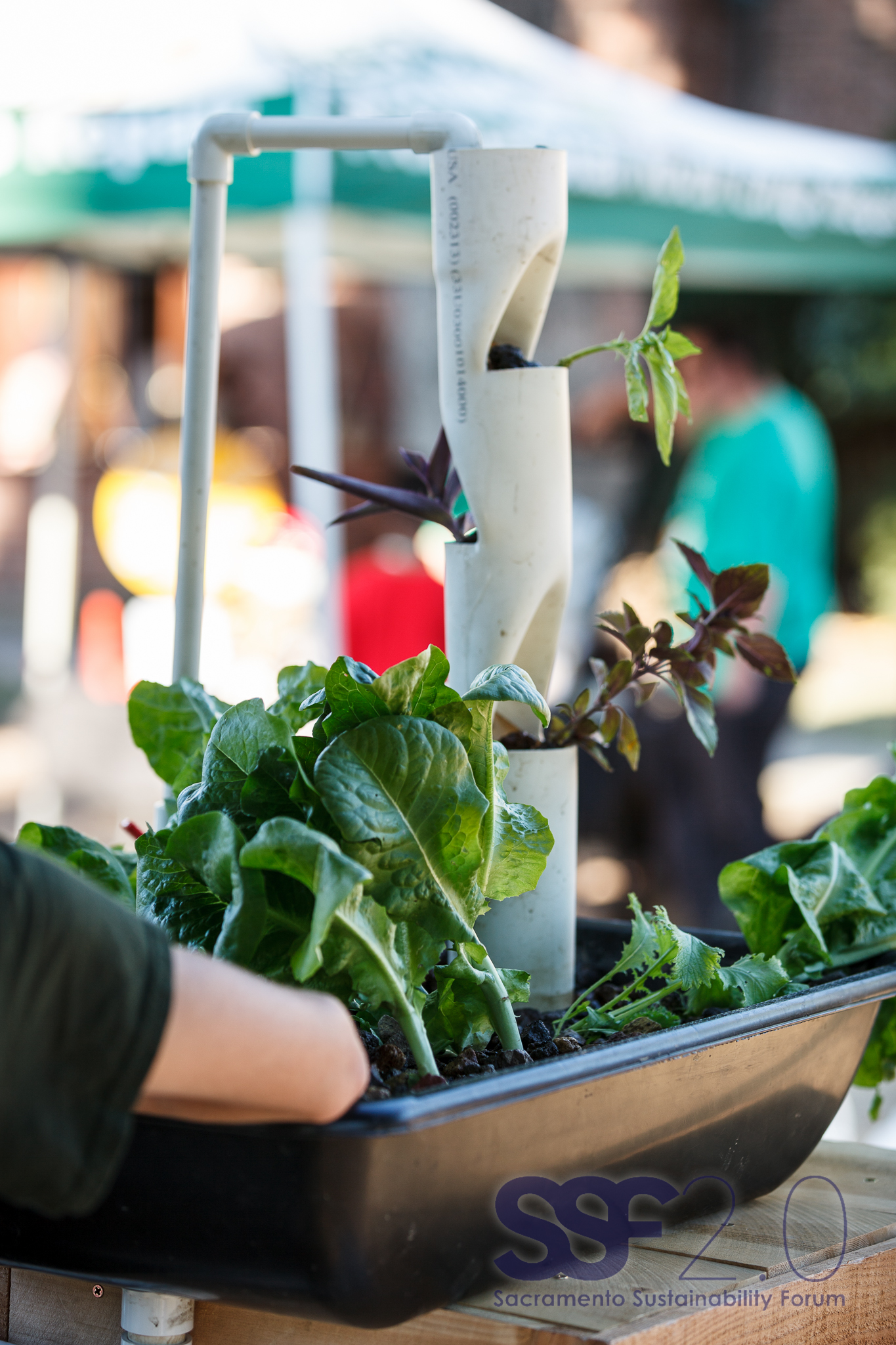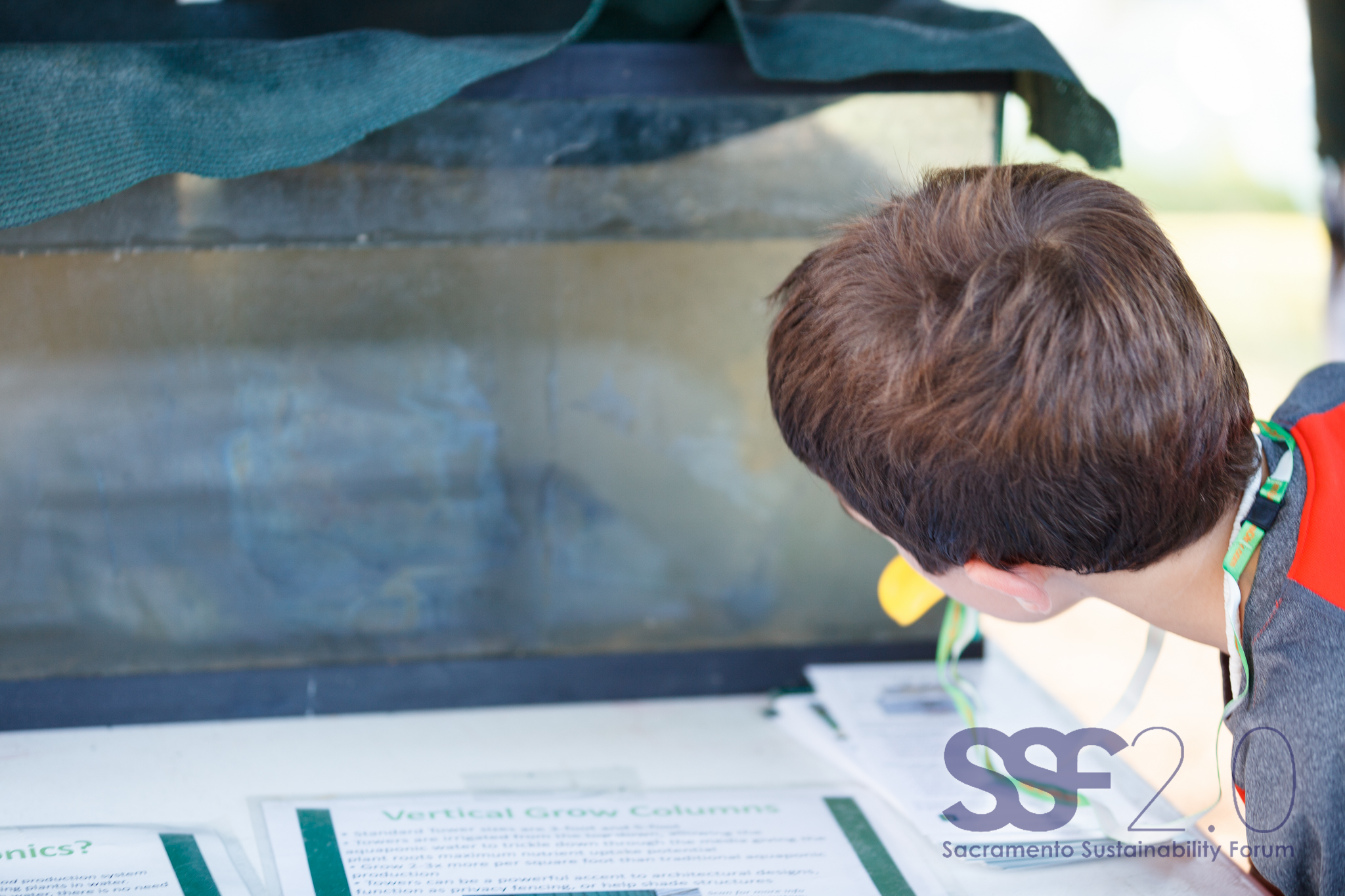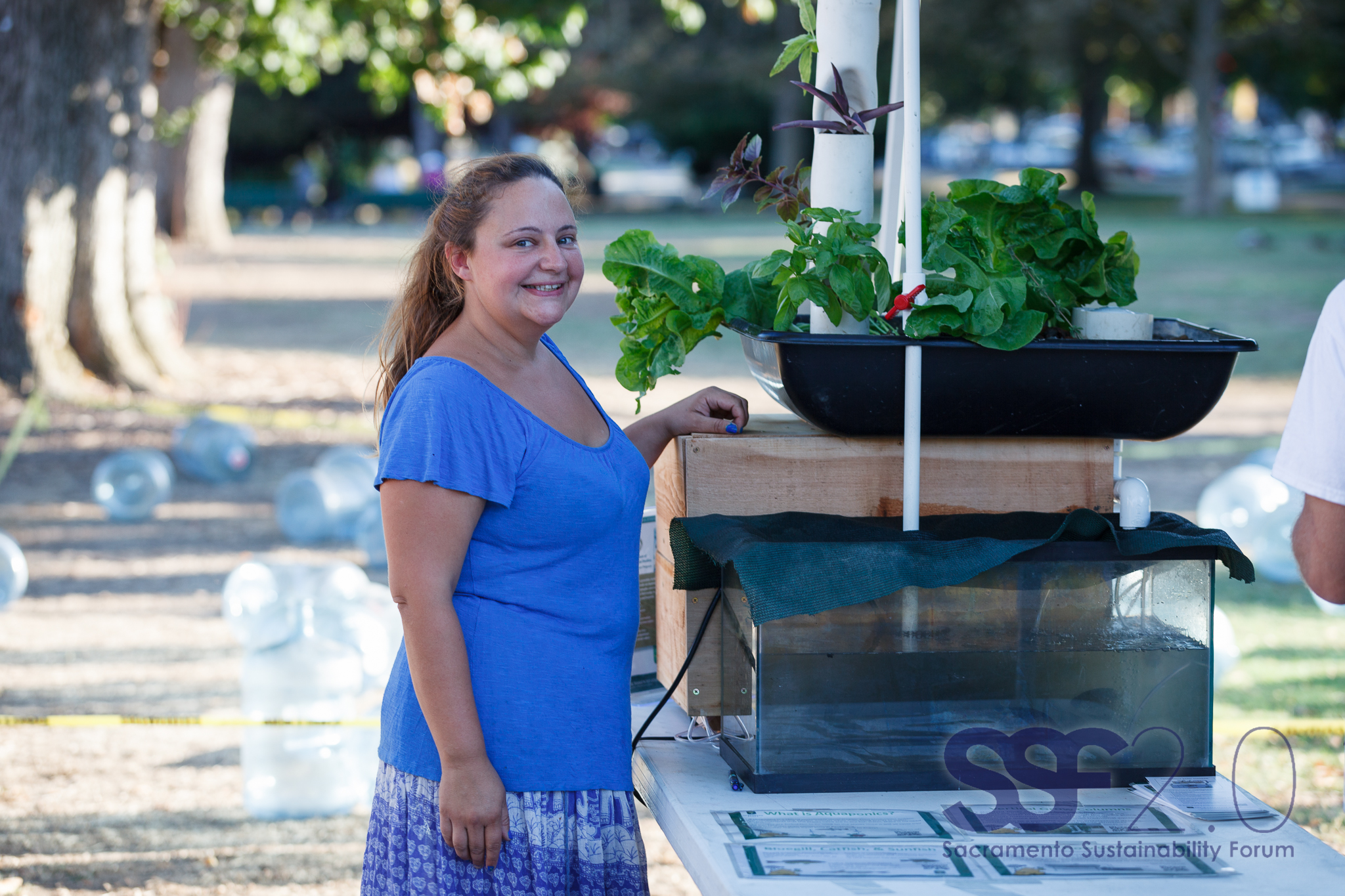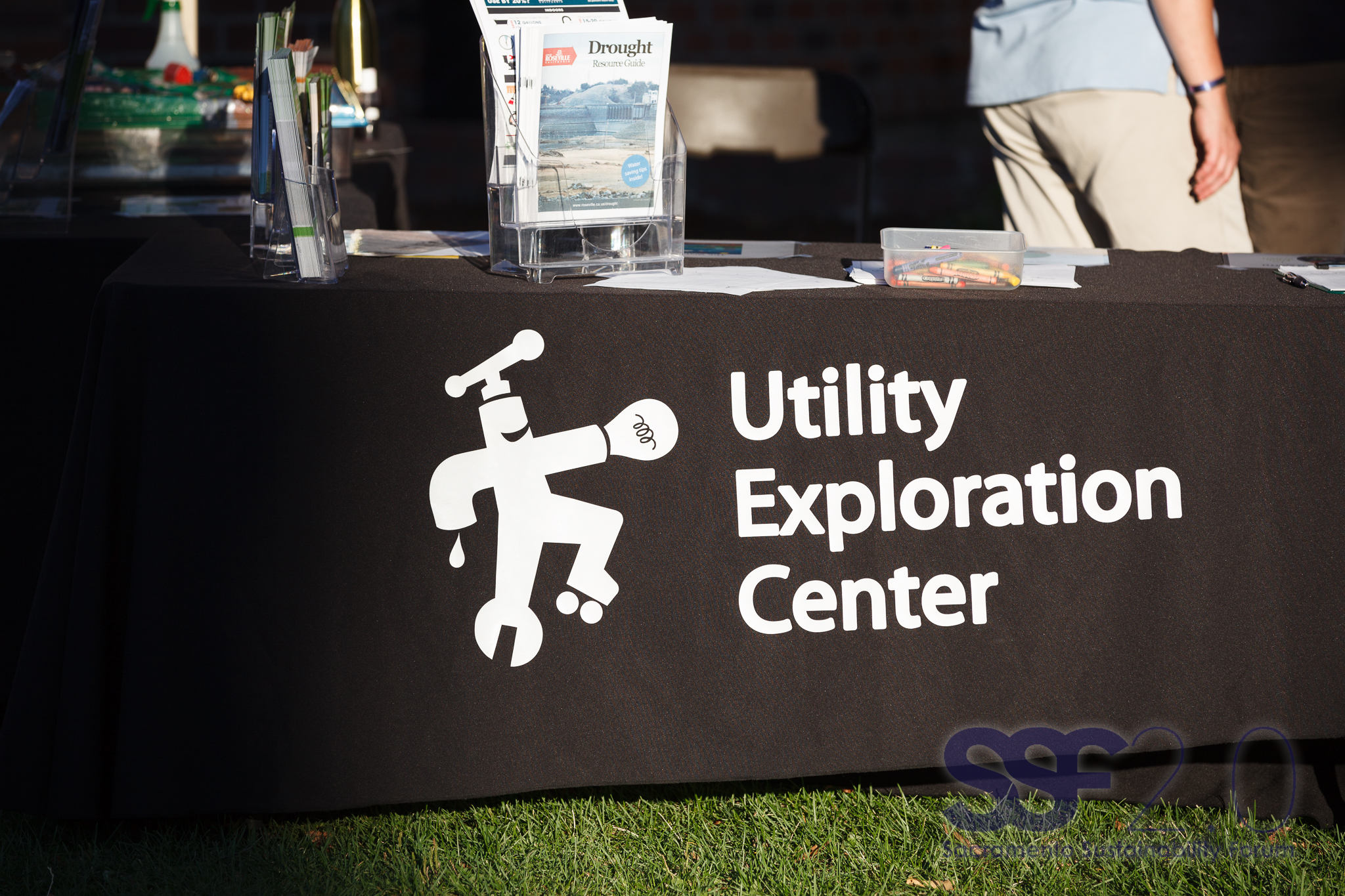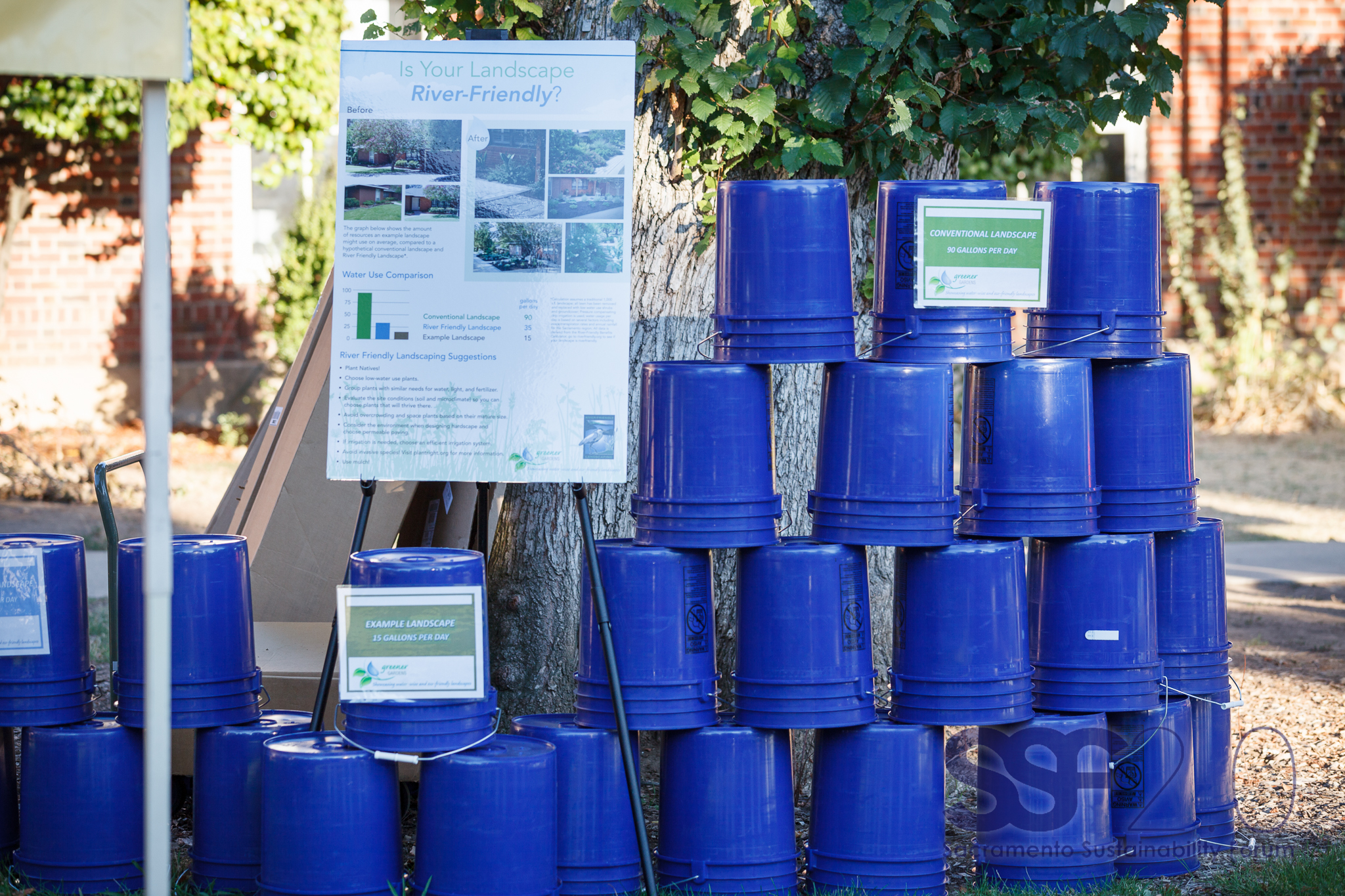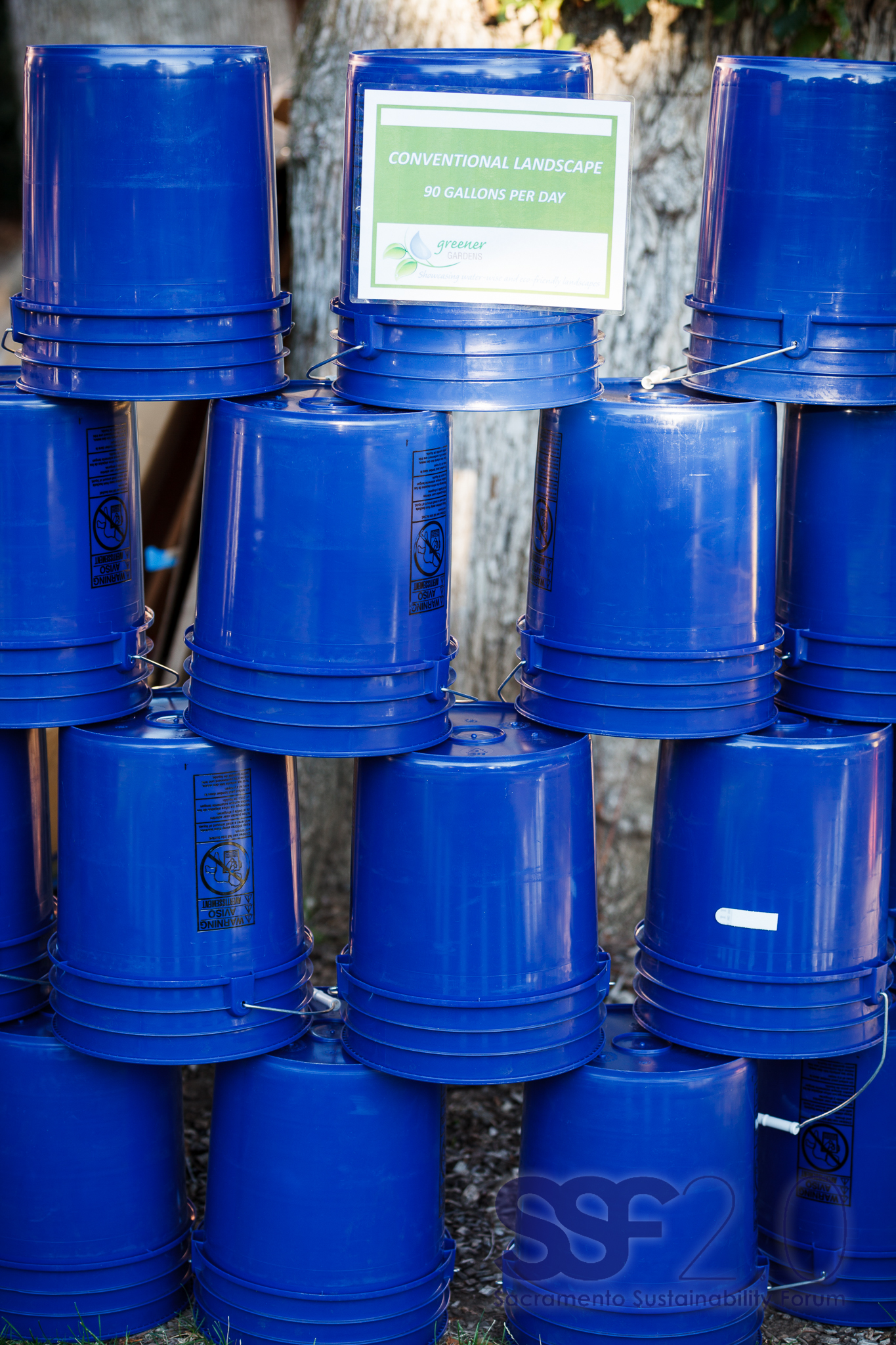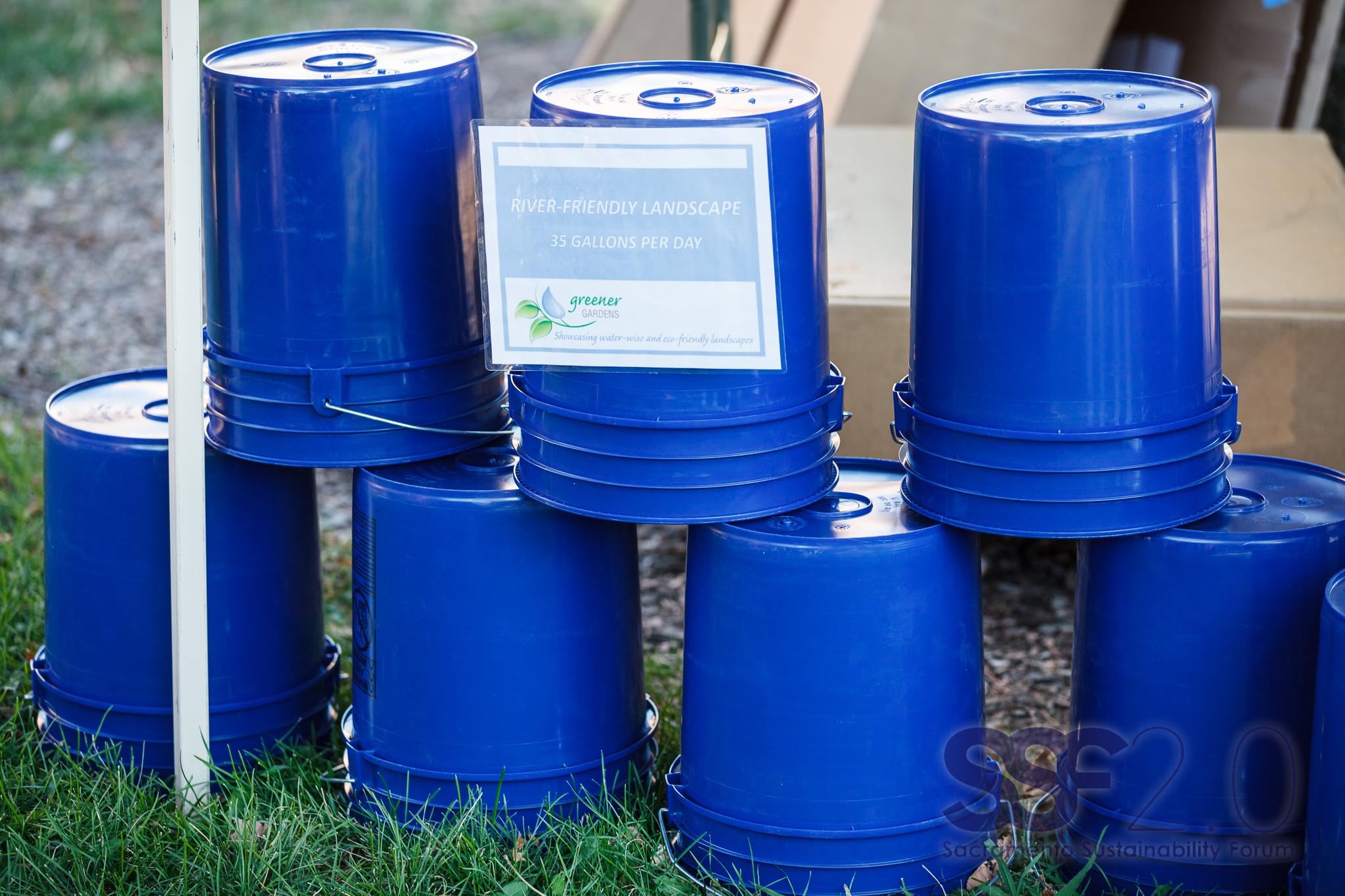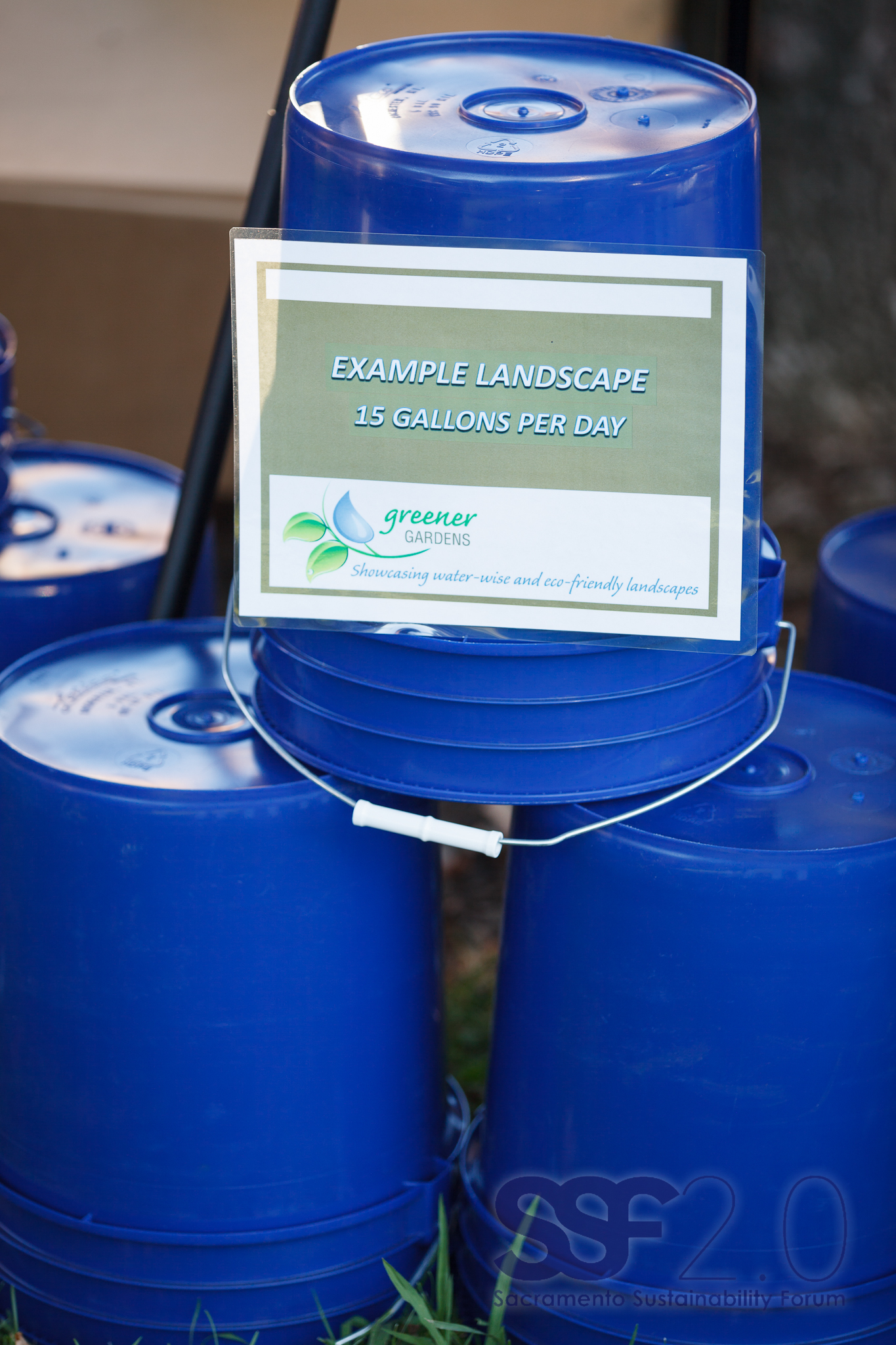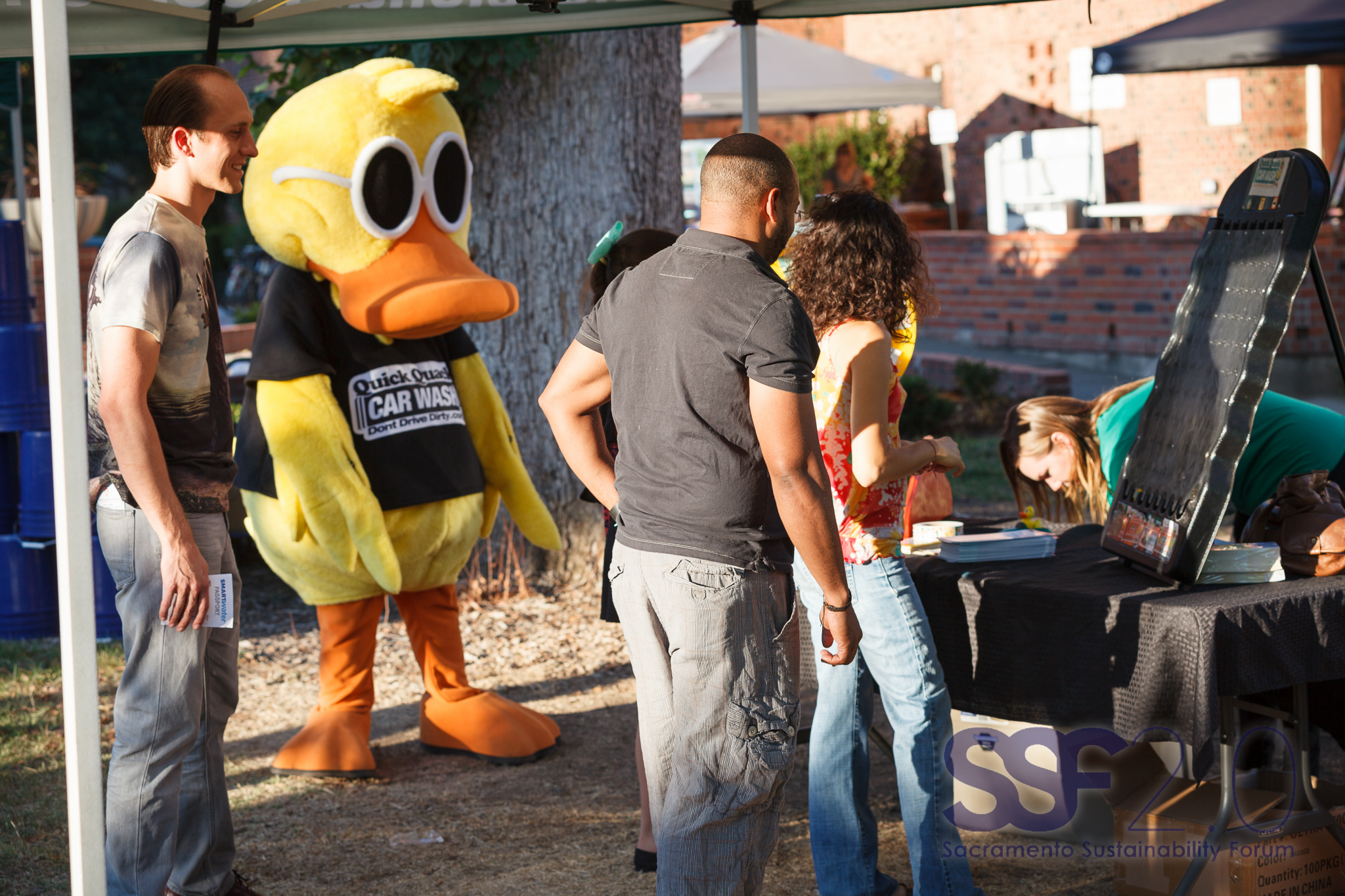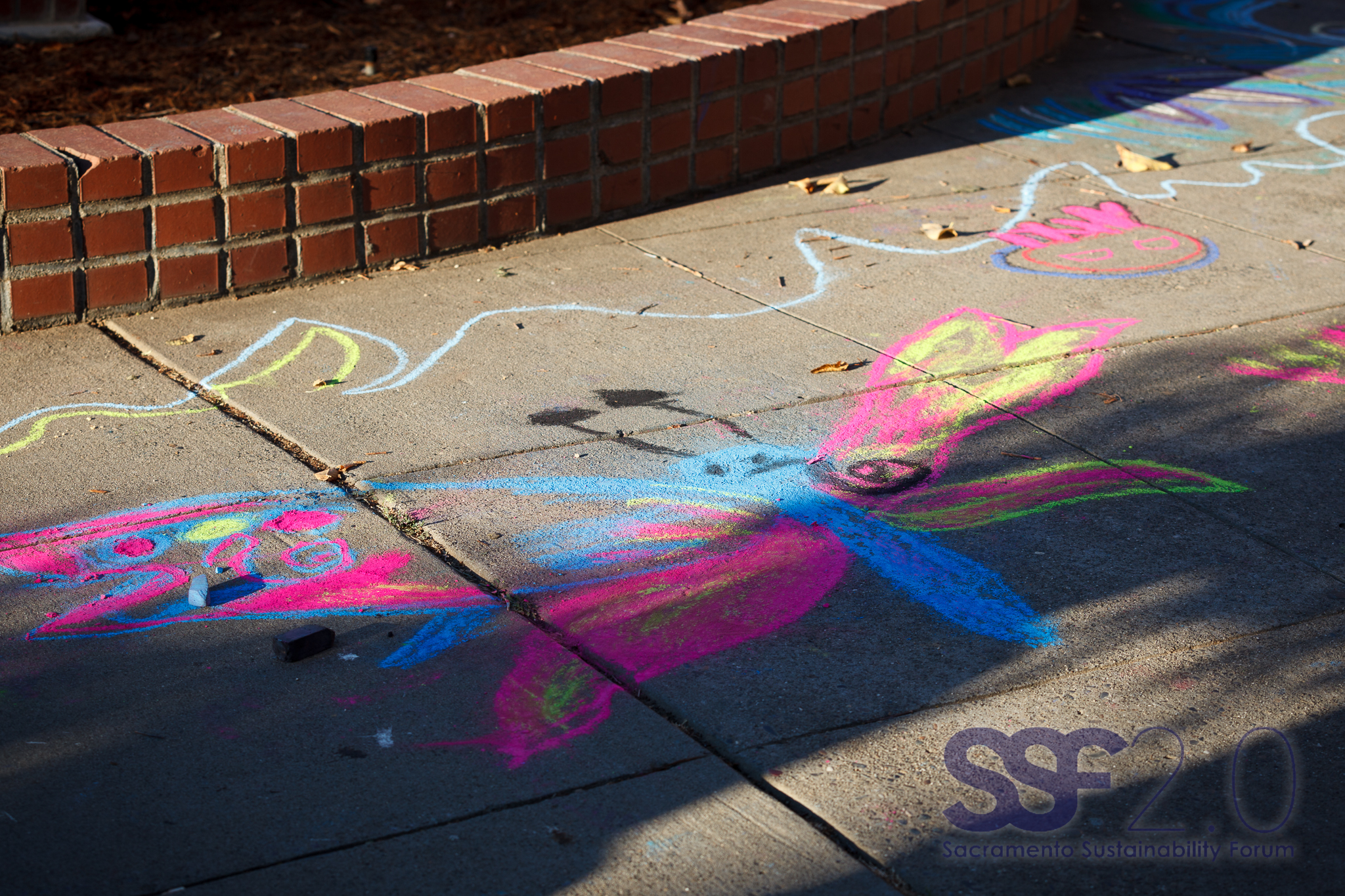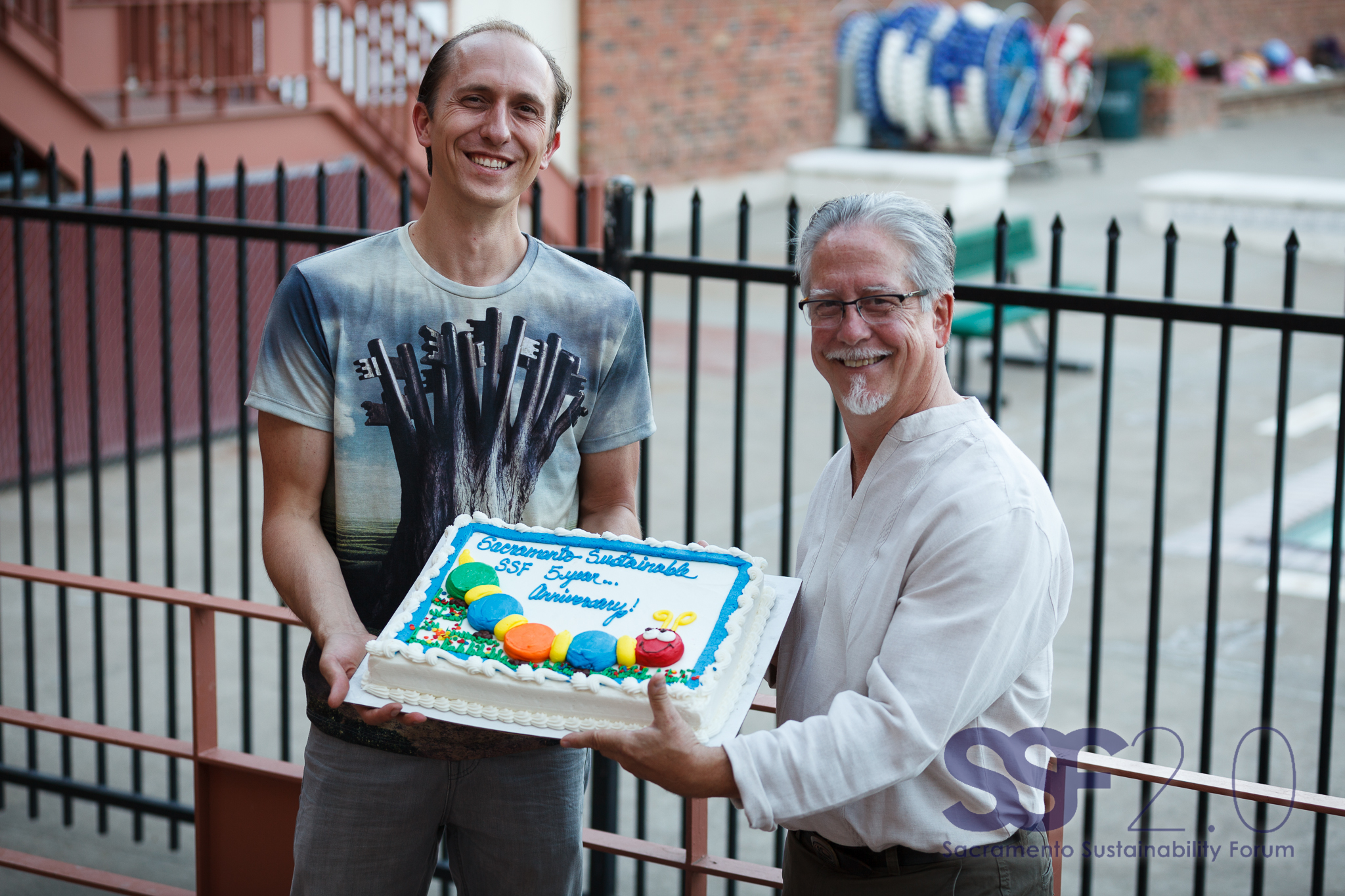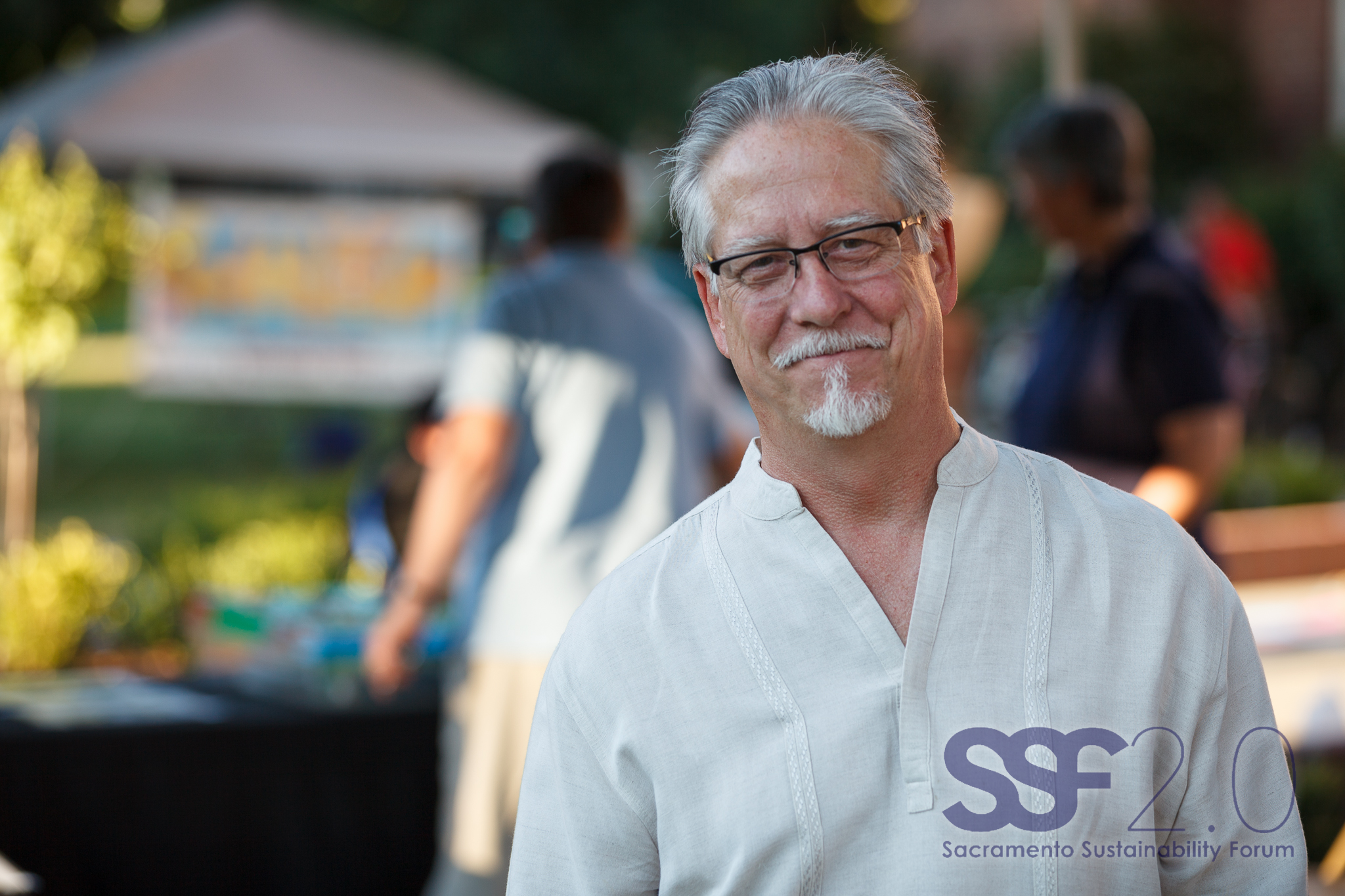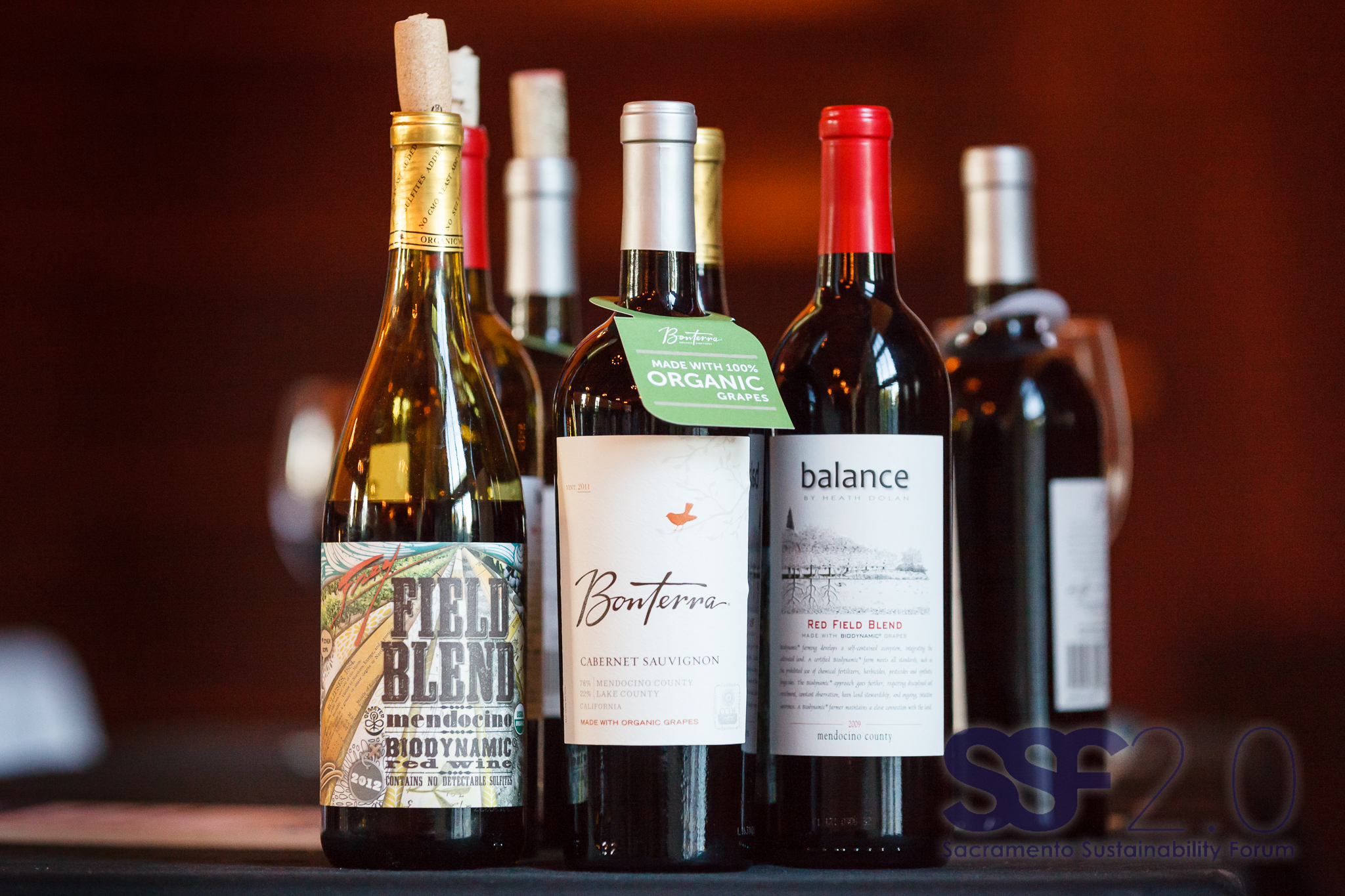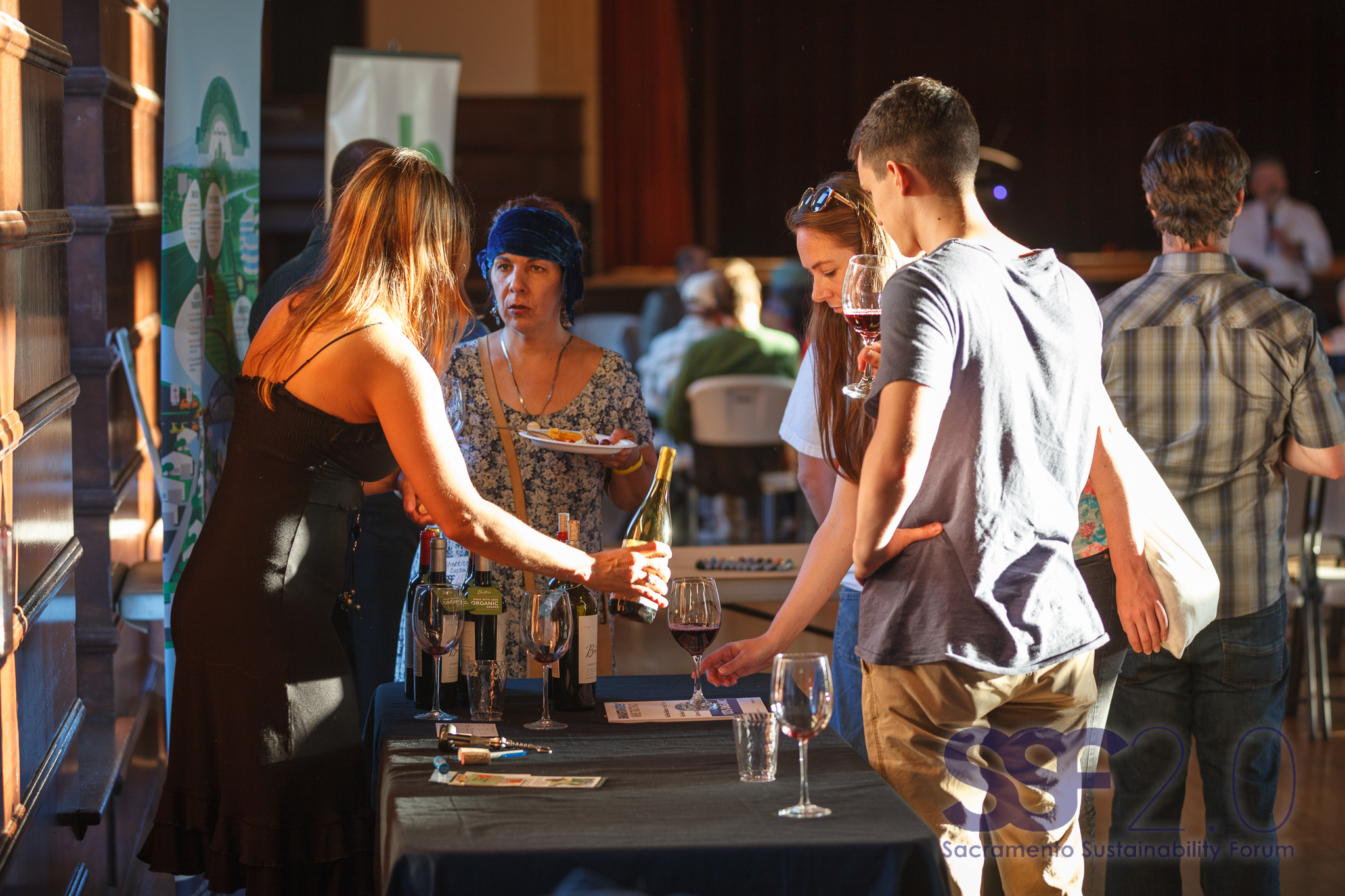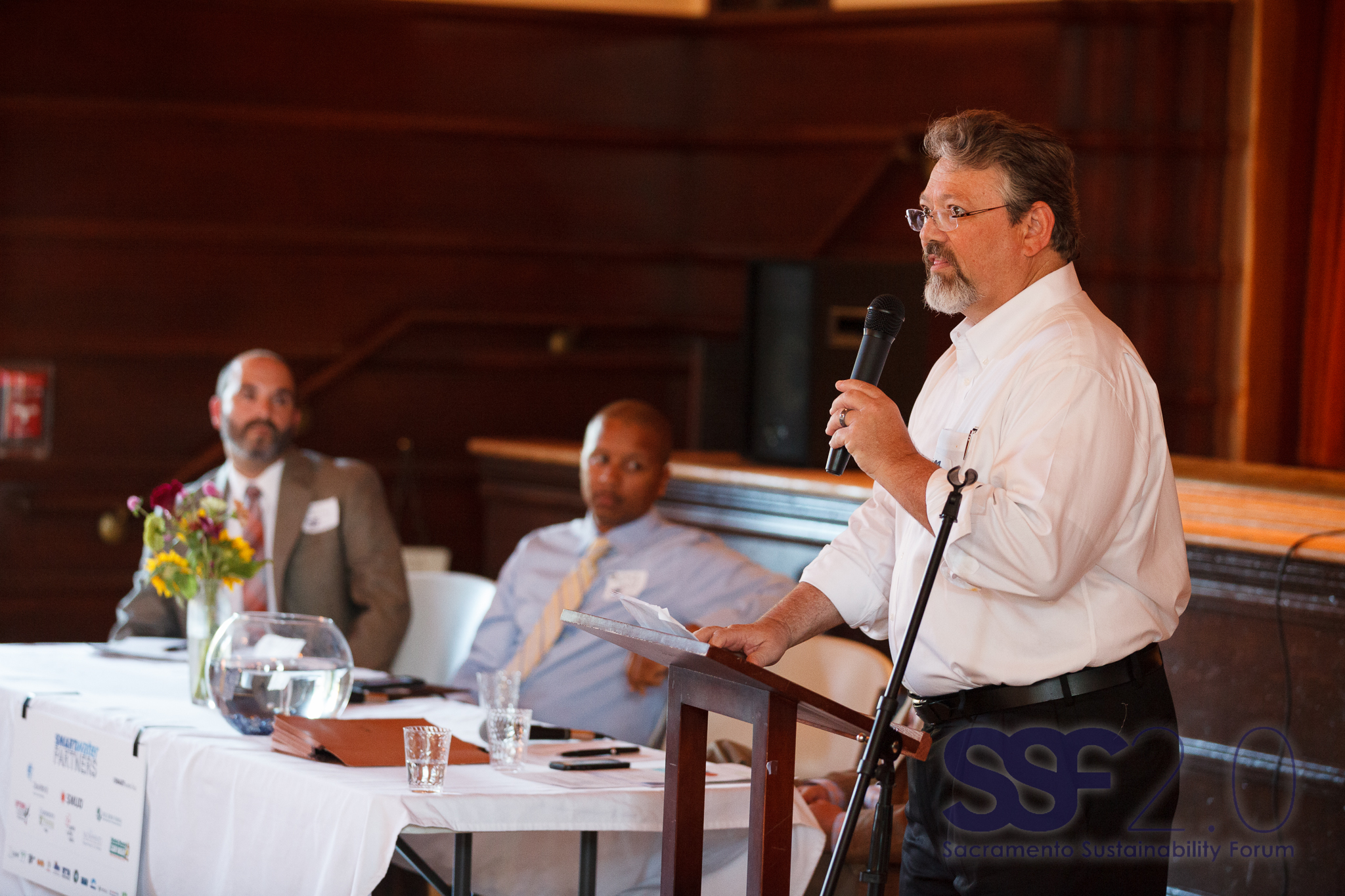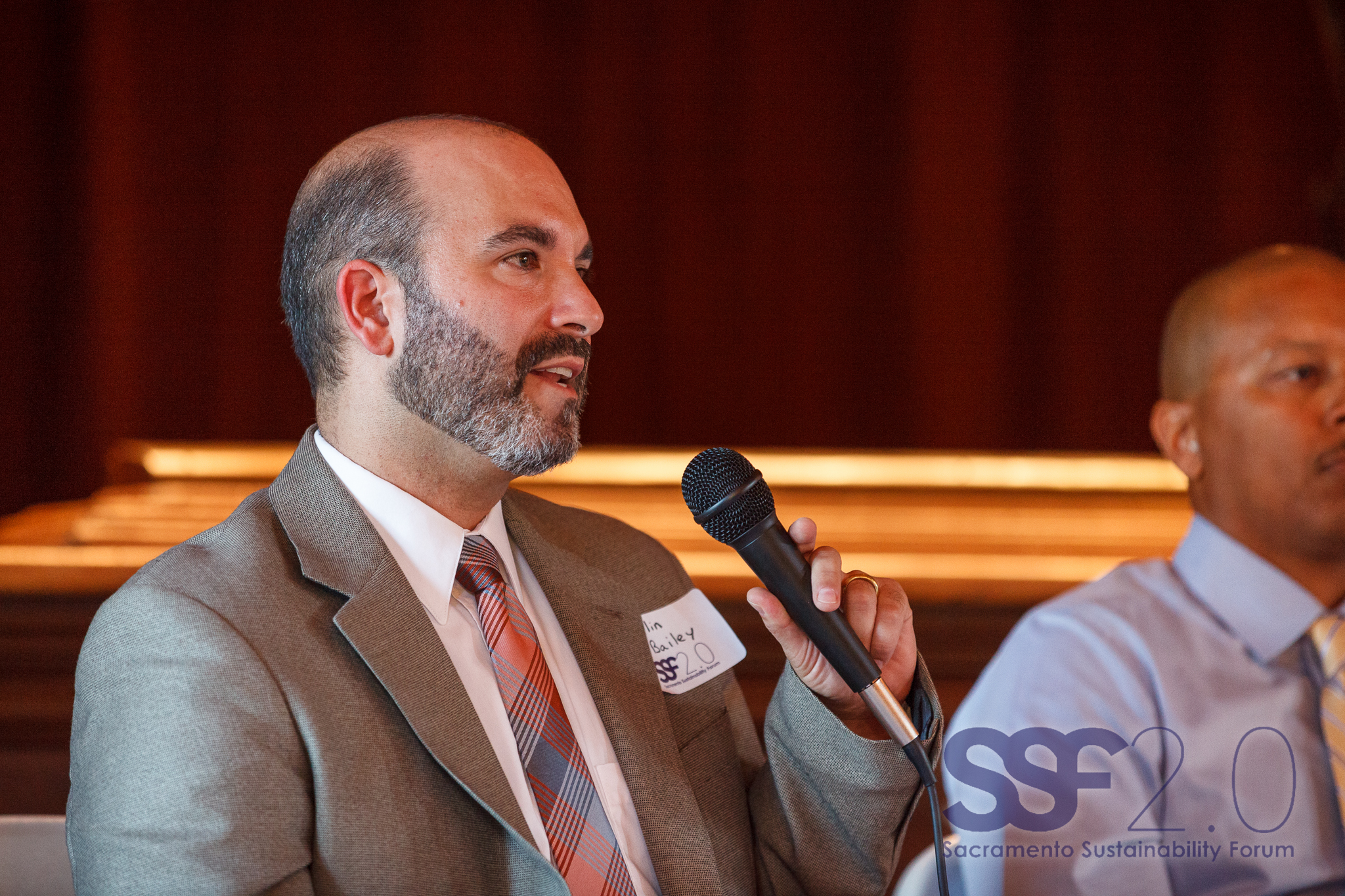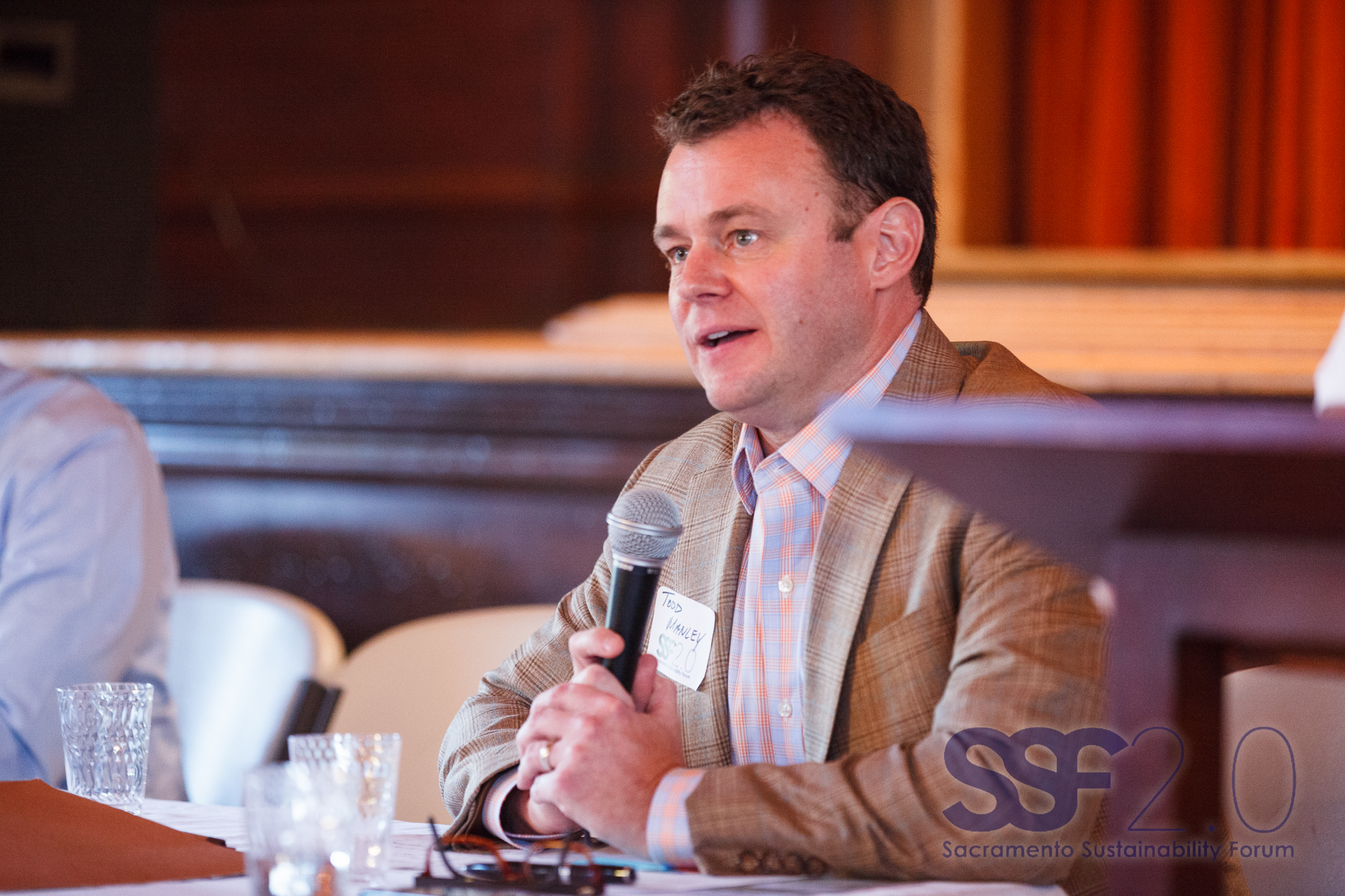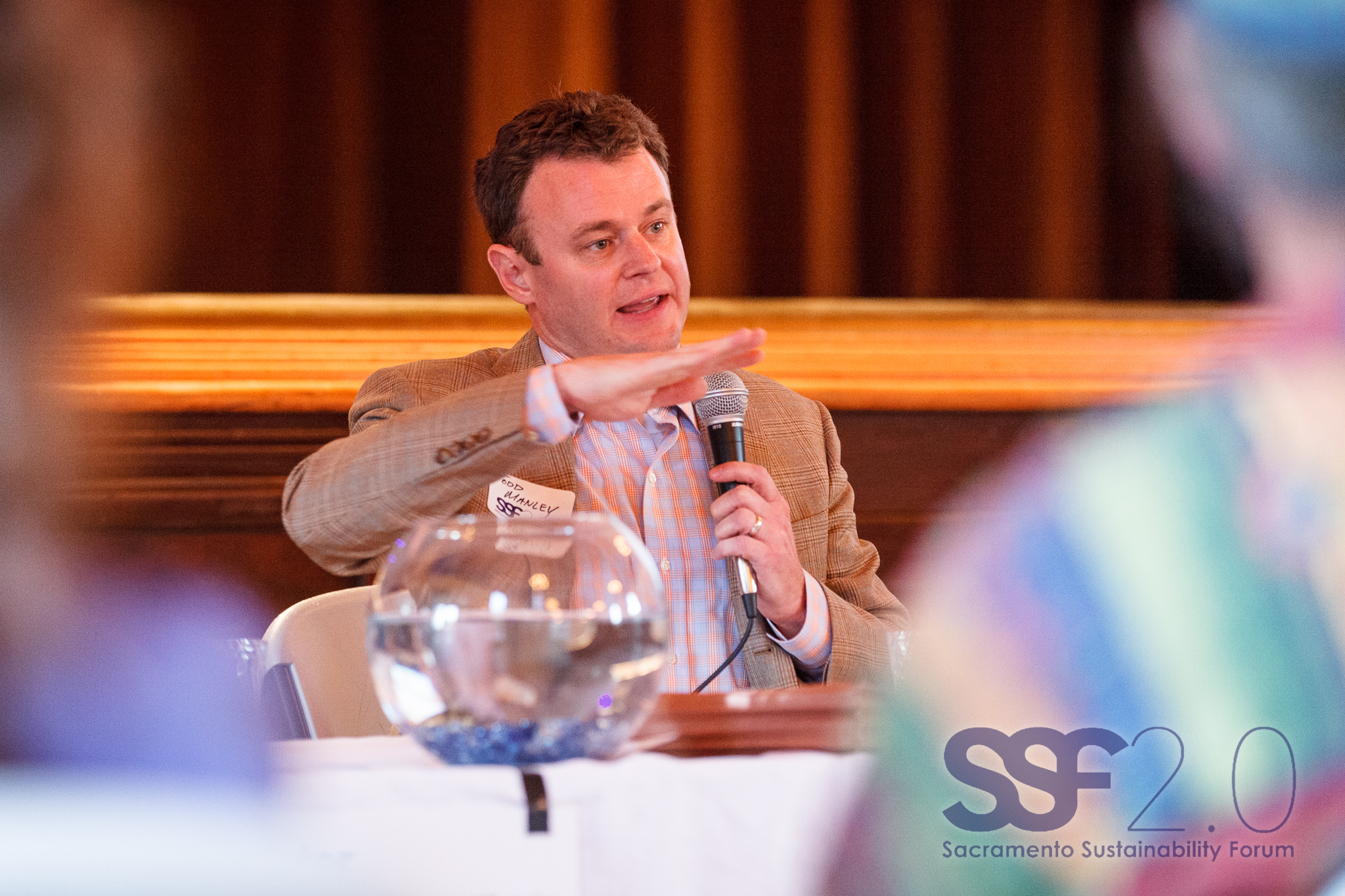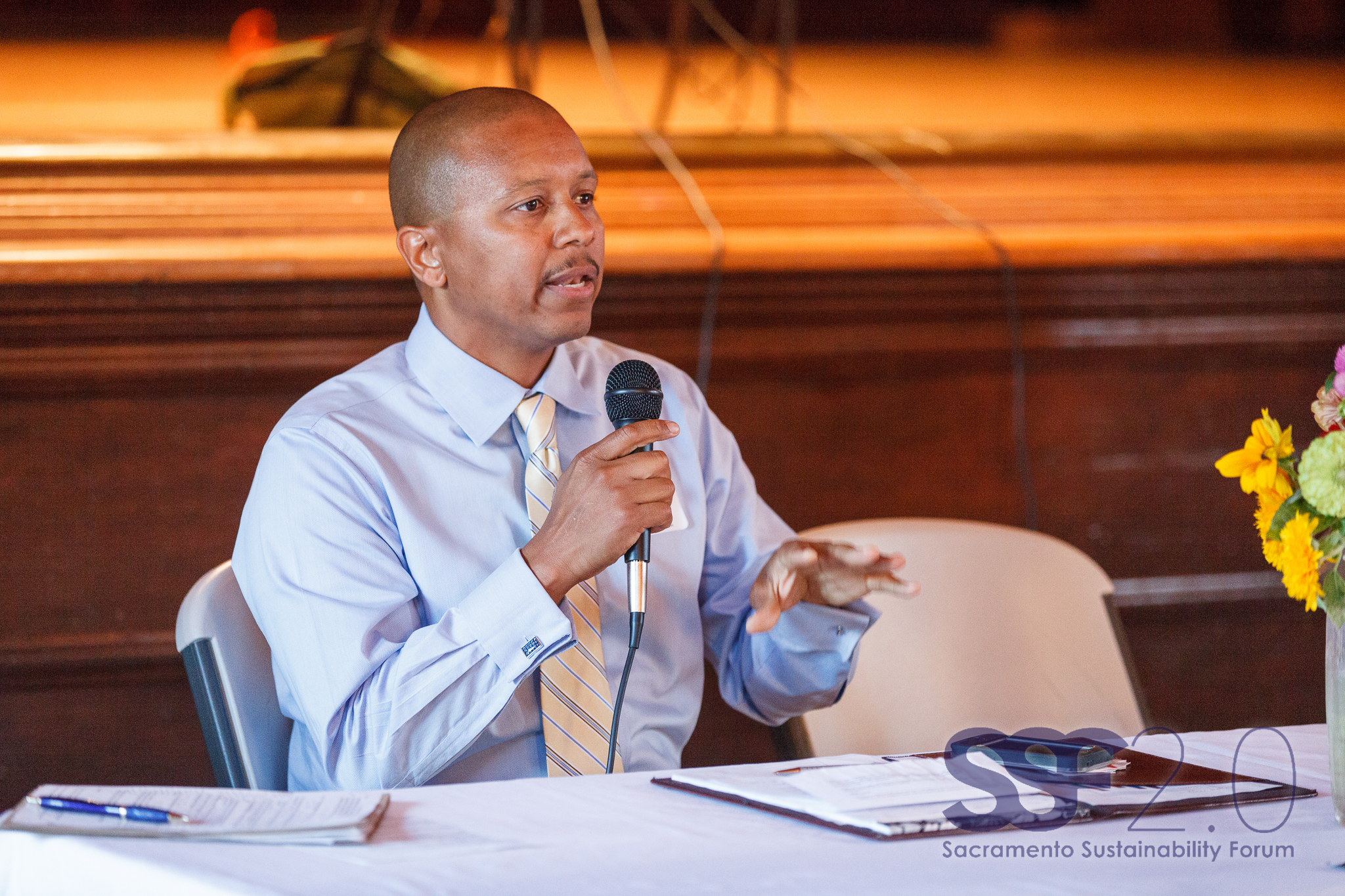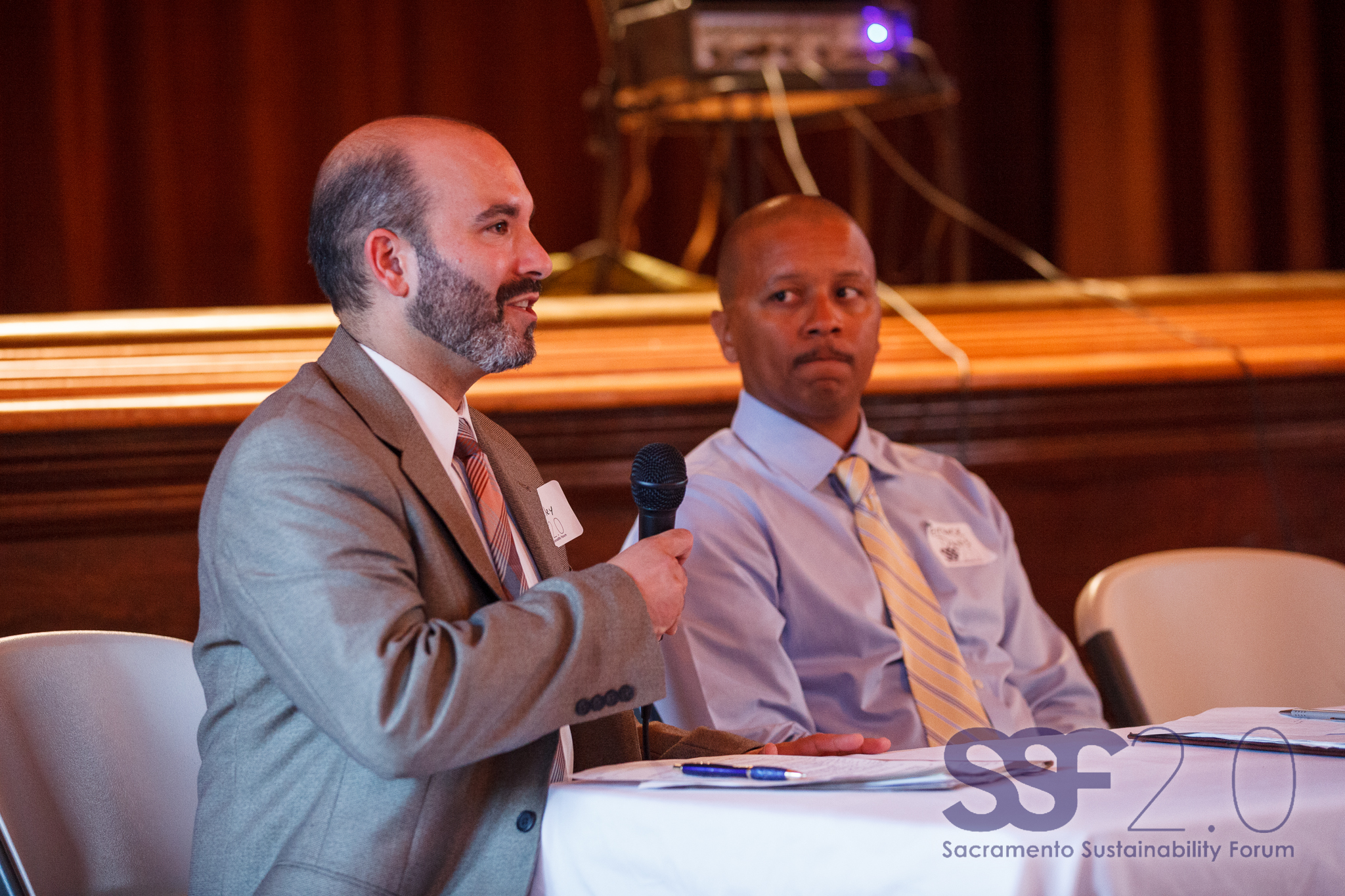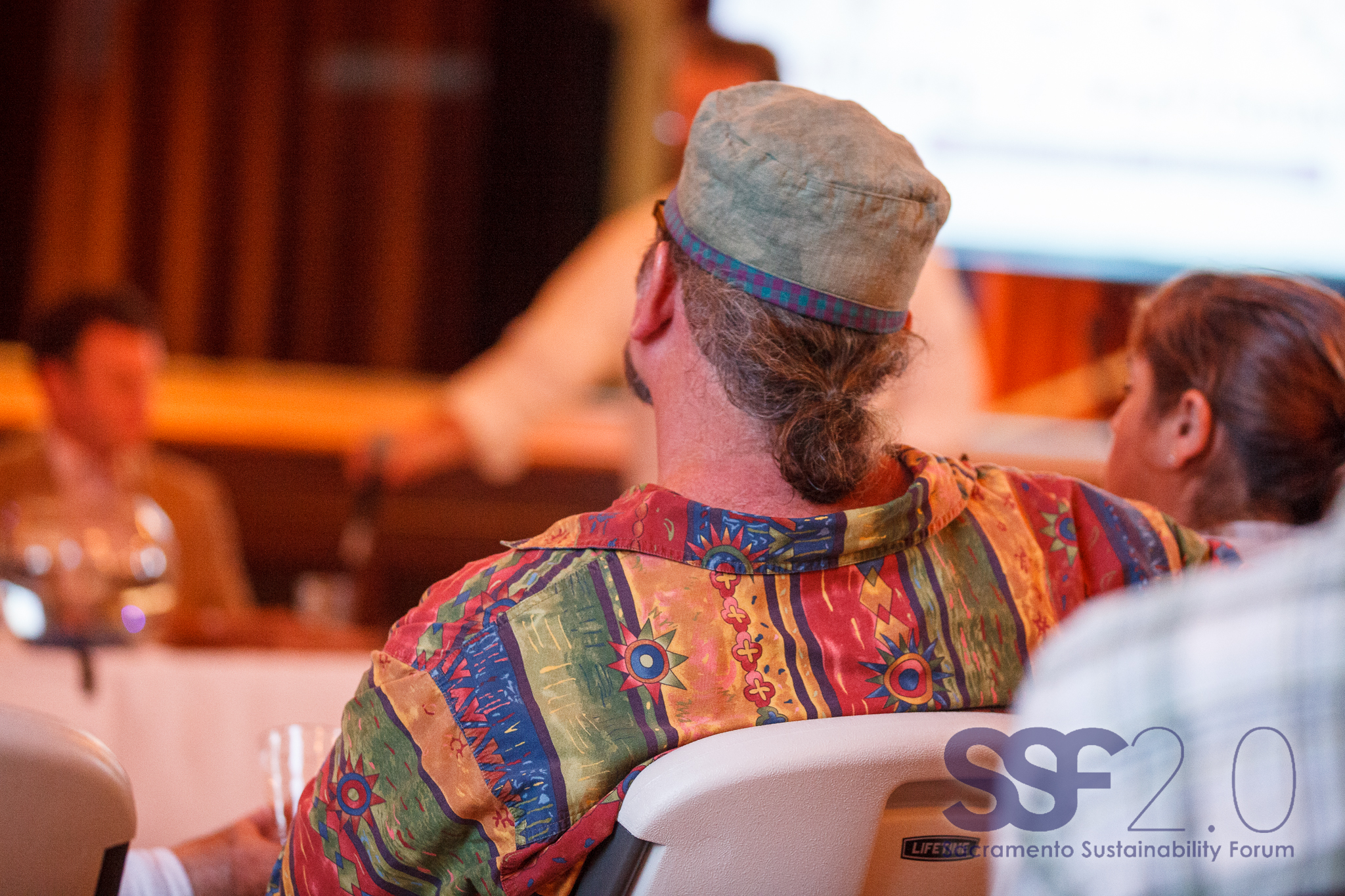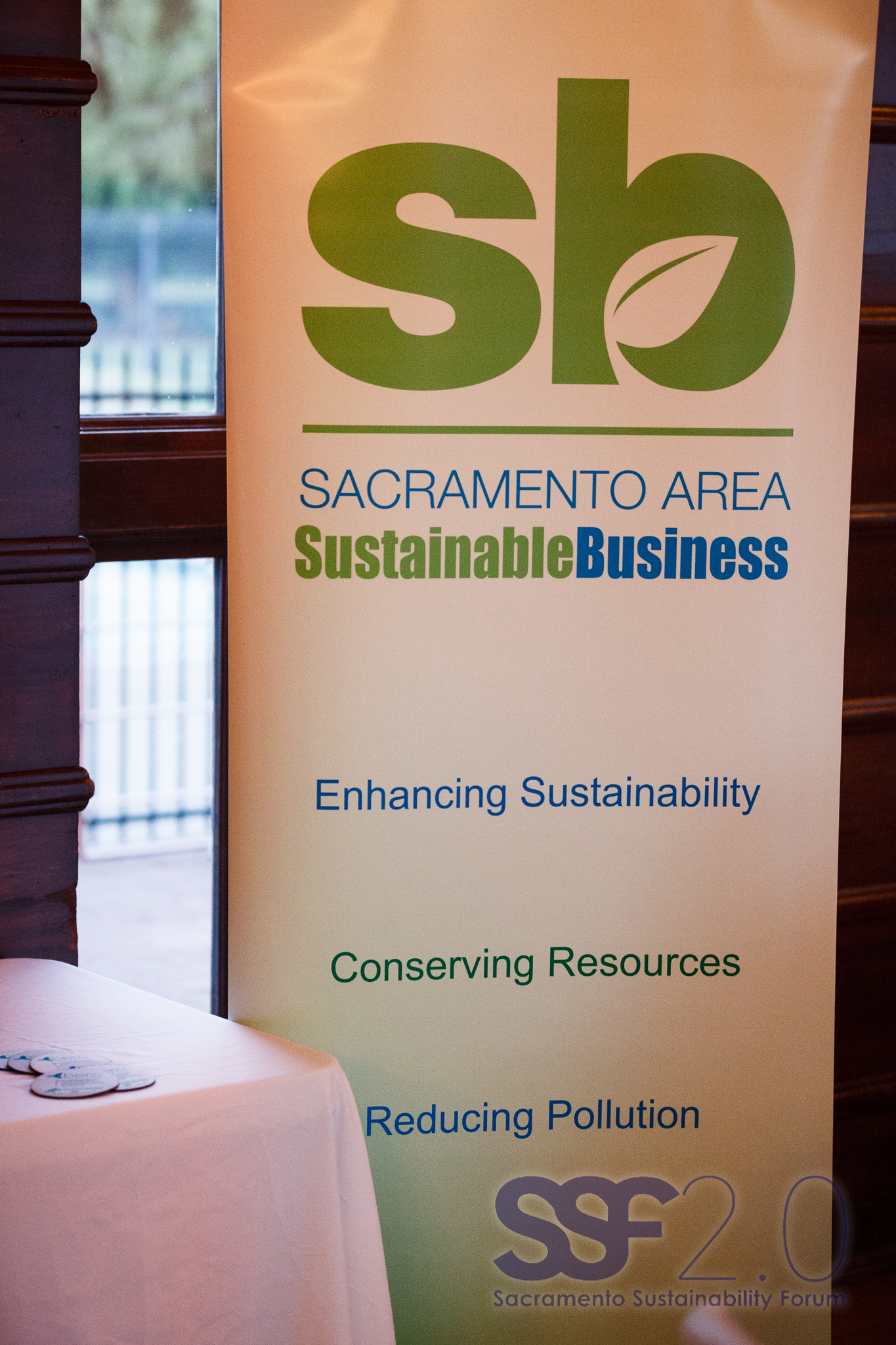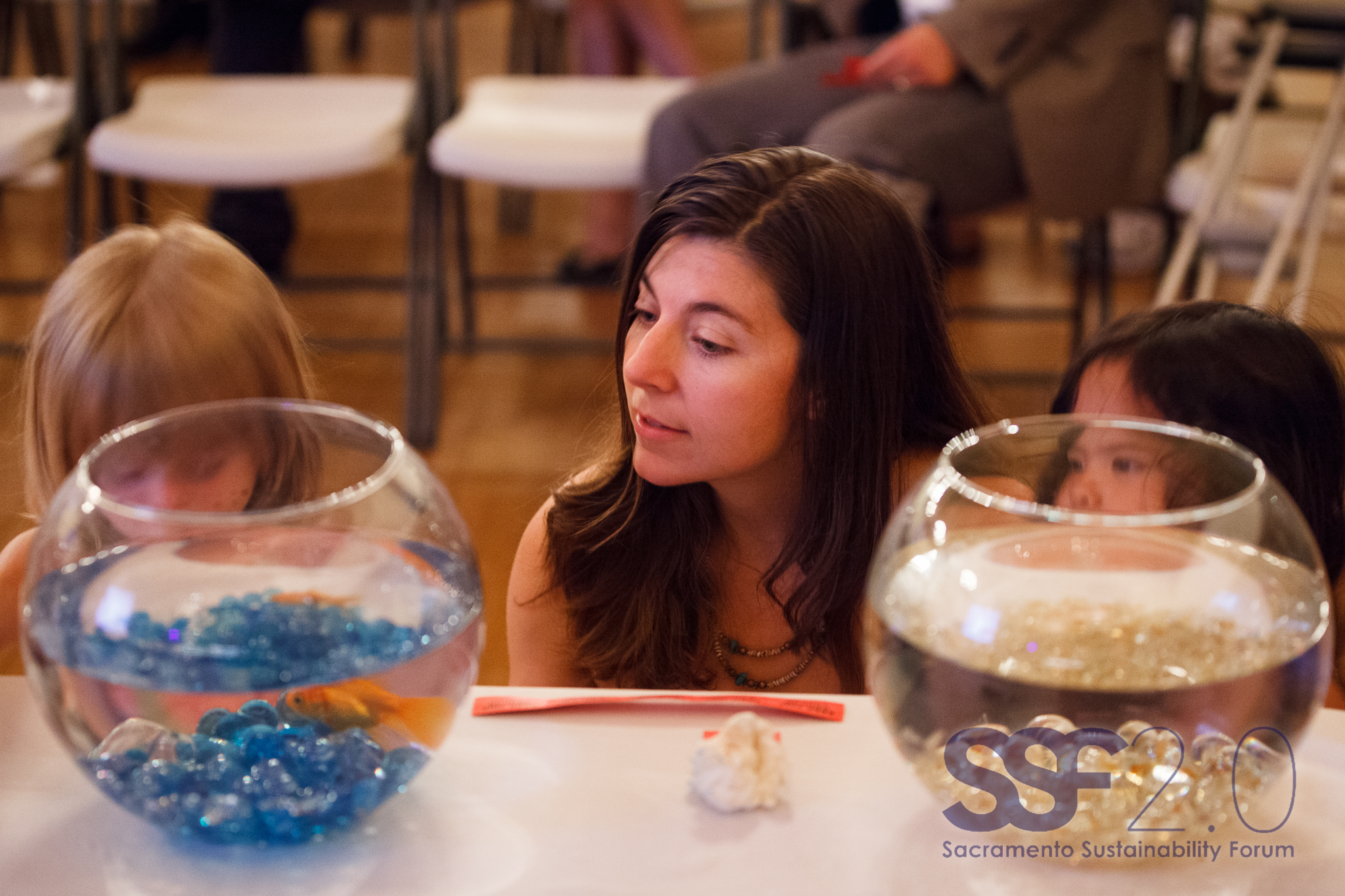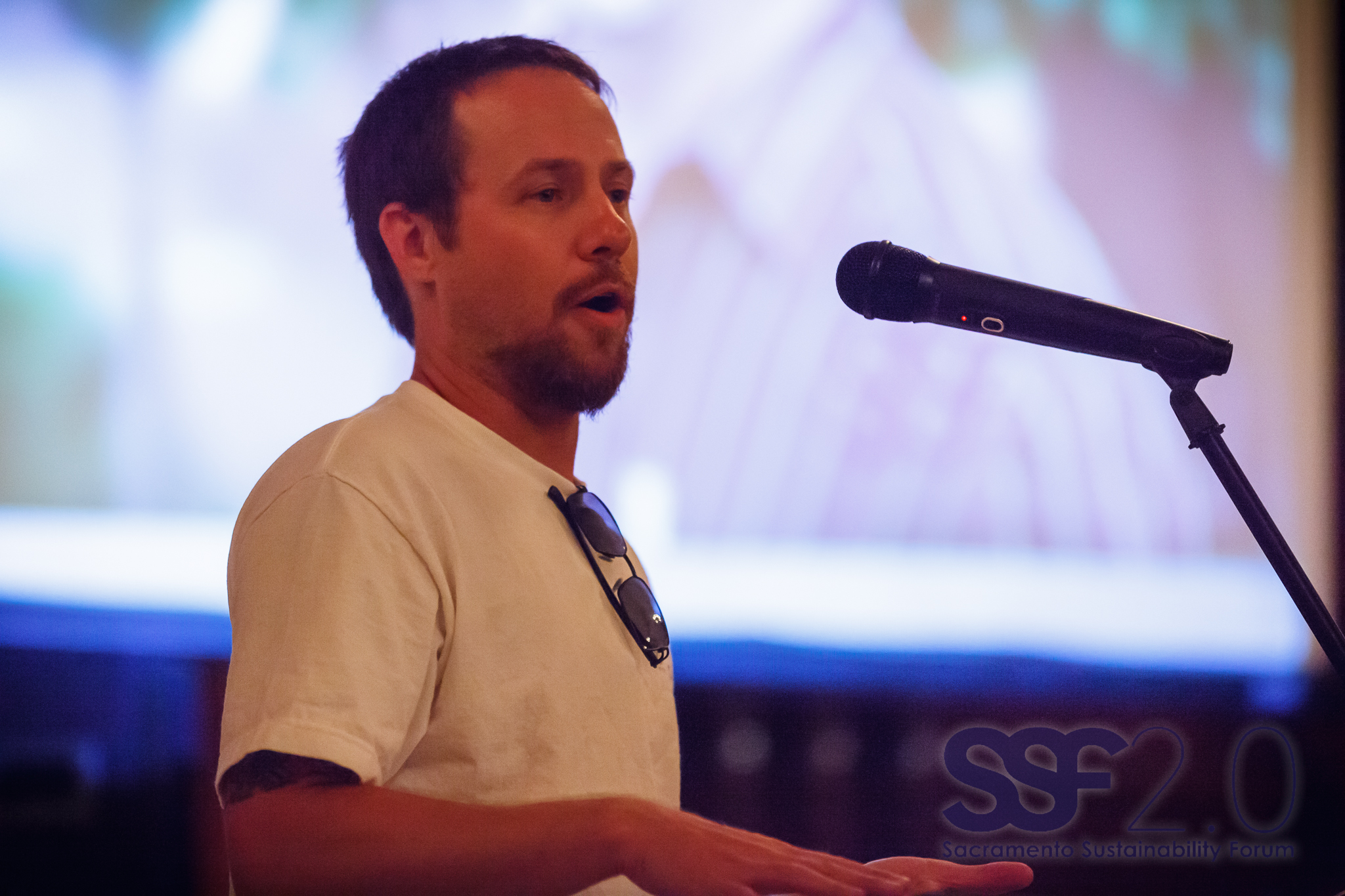In August and it's all about SmartWater. SmartChoices for a SmartCity and you.
Water is the source of life. Water makes up over 70% of the planet and the human body. The City of Sacramento has adopted a Stage 2 Water Shortage Contingency Plan and globally climate impacts and drought adaptation are topics at the forefront of everyone who depends upon water for their livelihood and survival.
In California and Sacramento, which is the heart of California’s ag-economy and the Farm to Fork Capital of America, all of us are water-interdependent. What we do with the water we have or can reclaim as individuals impacts our state, nation, and global ecosystems.
What’s different today than decades ago? Now everyday people—all of us must have the knowledge about what’s happening to our water supply and how we can take individual actions in our everyday lives to conserve, reuse, and adapt to the new age of SmartWater.
Sustainable Sacramento is all about making the Sacramento region a SmartCity. SmartCity Sacramento should be filled with SmartPeople making SmartChoices about water every day.
This month in August, our family fun festival takes on SmartWater through art displays, demonstrations, exhibits, and engagement activities to inspire us to think differently about water and to take SmartWater actions. At these events, participants are a living expression of our region's best and brightest ideas for a smarter, greener, more sustainable city.
We will be empowered by answering these questions:
- Where does my/our water come from & go to?
- How much water do I/we use?
- What is my/our water quality?
- What is watergy and how does it relate to me/us?
- What can I/we do?
During our monthly festival forum the community active engagement activities will inform and inspire the SmartWater infographic, which in turn will be created for our education series and campaigns. This infographic will be the roadmap for SmartWater in the same way we have done so far for SmartFuel and our overall SharedVision infographics.
Let Sacramento Sustainable Forum 2.0 quench your thirst in pursuit of a SmartWater life.
Program
- 5:00pm Festival Expo / Kids activities / Art displays / Food / Live music
- 6:30pm Ticketed interactive panel / QA / Keynote
- 8:00pm Raffle & wrap up
Panelists // Speakers
- Roger Dickinson, CA Assemblymember, 7th District
- Colin Bailey, Executive Director, Environmental Justice Coalition for Water
- Terrance Davis, Sustainability Manager, City of Sacramento Department of Utilities
- Todd Manley, Director of Government Relations, Northern California Water Association
- Tom Gohring, Executive Director, Water Forum [Moderator]
Closing Keynote Speaker
- John Woodling, Executive Director, Regional Water Authority
SmartWater Topic Background
Spare the Water Sacramento
In Sacramento, we’re in a “Spare the Water Sacramento” Stage 2 alert status. Everyone can play an active part. Visit Spare the Water Sacramento’s campaign website for details on new watering restrictions and other water conserving information. We look forward to providing attendees of the August 21st event with the latest in tips, tools, and conversations about SmartWater choices.
Did you know Sacramento collectively uses more water than any other region in California? Did you know the Sacramentans use over 210 gallons of water per person per day, which is down 70 gallons since 1990 levels. We see the glass half full. We are doing well, and can do more.
Sustainable Water Management in California: Myths & Adaptation
Myths
According to the Public Policy Institute of California, “California has a complex, highly interconnected, and decentralized water system.” Yet still there are many misconceptions “about how the system works and the options available for improving its performance. Moving beyond myth toward a water policy based on facts and science is essential if California is to meet the multiple, sometimes competing, goals for sustainable management in the 21st century: satisfying agricultural, environmental, and urban demands for water supply and quality and ensuring adequate protection from floods.”
Adaptation
California faces enormous challenges as it struggles to adapt its water management system to 21st-century conditions. The state’s population continues to grow and to urbanize; increasing demands for urban water supply, reliable water quality, and flood protection.
At the same time, the state’s economy no longer depends as directly on water to generate wealth: agriculture, which still consumes the lion’s share of water, represents a small fraction of overall employment and economic output, and manufacturing accounts for only a small fraction of total water use. All this is taking place as California faces the uncertainties of a changing climate—and as environmental concerns take greater precedence than they have in the past, affecting critical decisions in water management.
These changes are leading to a rebalancing of water management objectives and approaches. In recent decades, many federal, state, and local efforts have sought to redress environmental decline, to adjust to the increasing scarcity and unpredictability of water supplies, and to rehabilitate crumbling flood protection infrastructure. But these efforts have proved inadequate. To avoid continued environmental and economic deterioration, California needs to make significant changes in water policy.
When we meet August 21st, we’ll discuss how these statewide issues can be addressed on a community and individual level. How can you make Sacramento a SmartWater SmartCity?
California’s Adaptation Water Plan


